

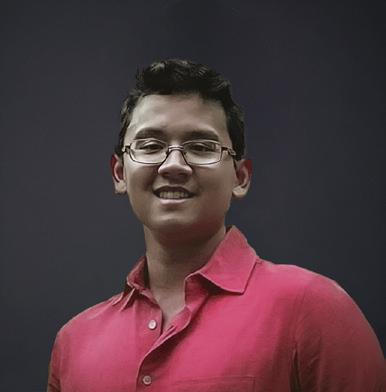
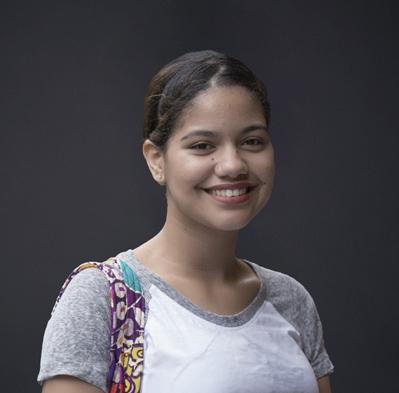

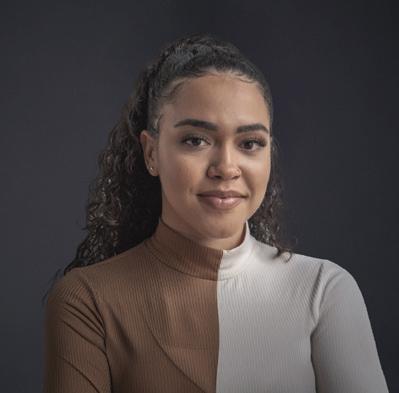
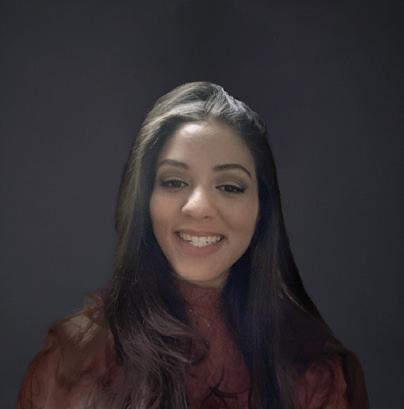

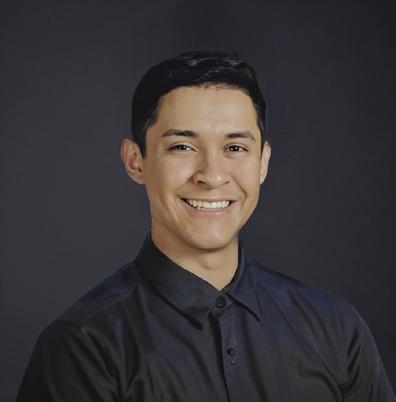

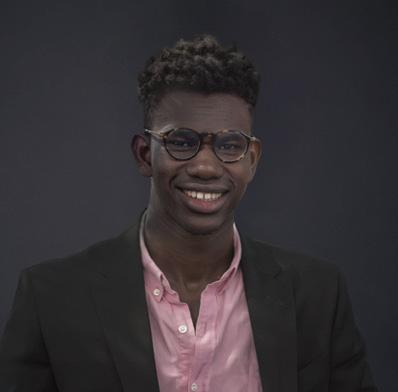



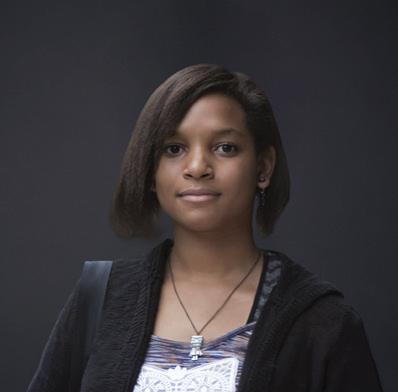



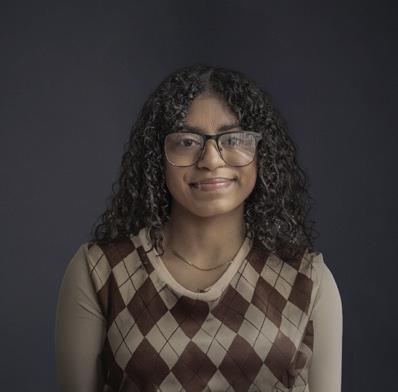
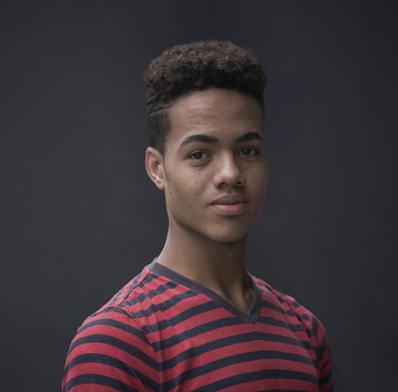
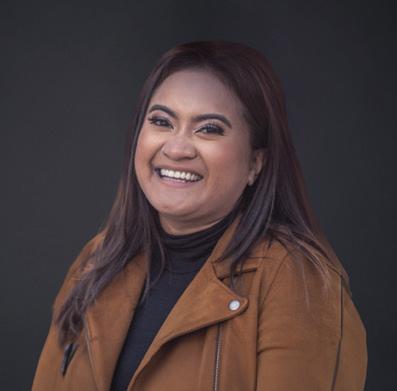
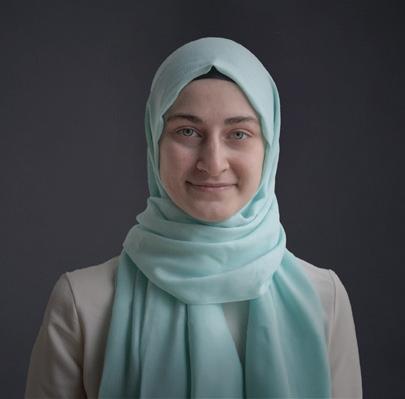
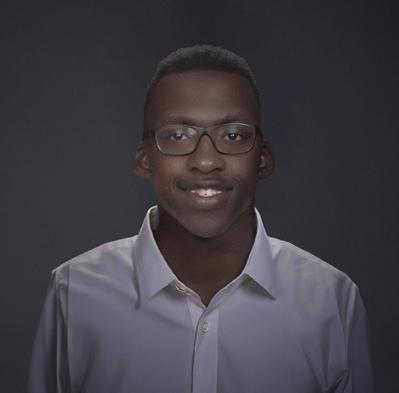
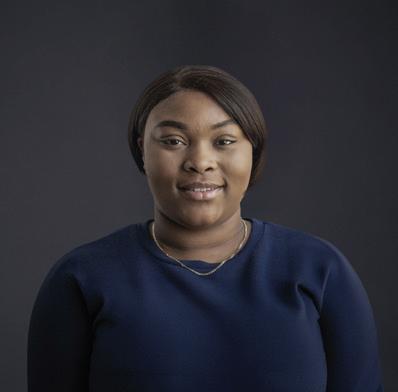

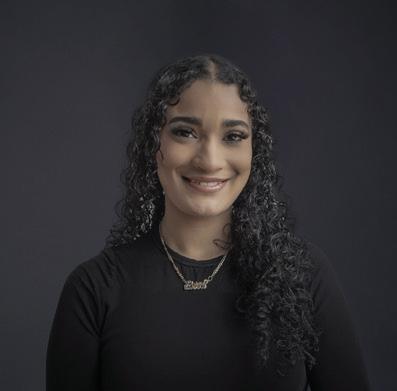
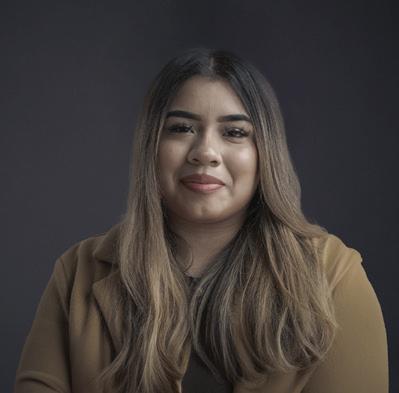
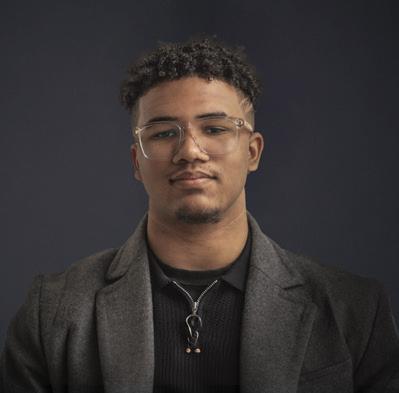
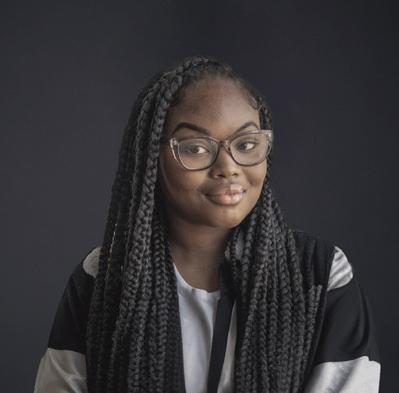

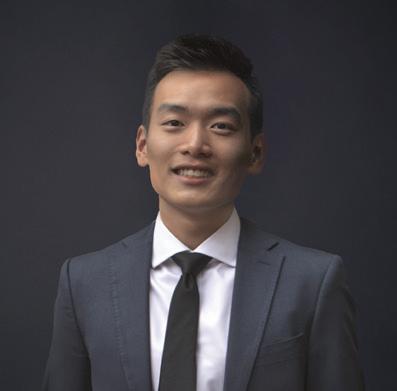

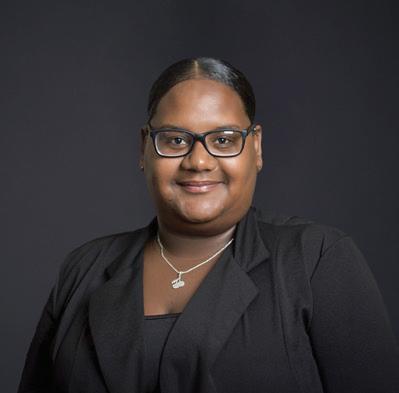
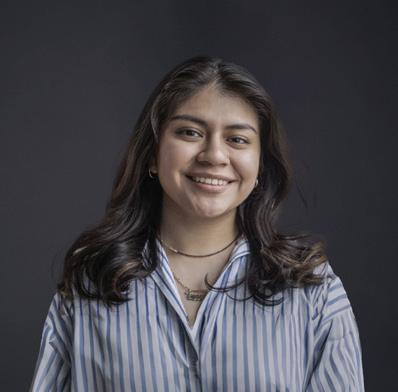
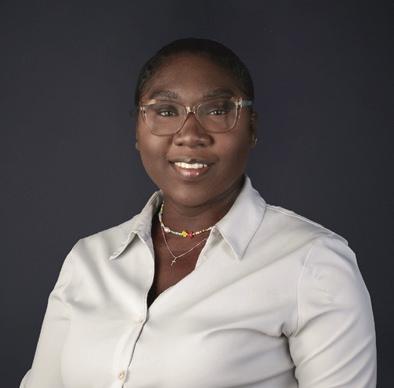


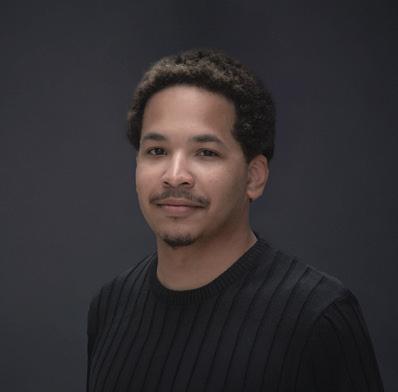
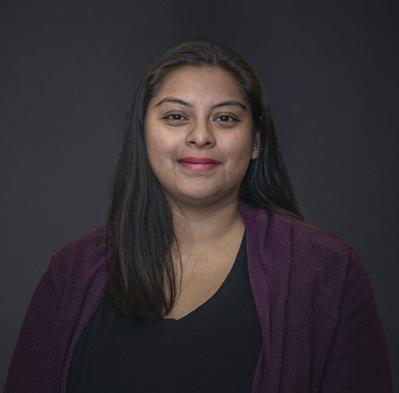
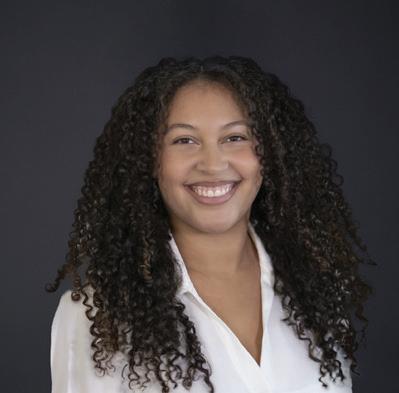
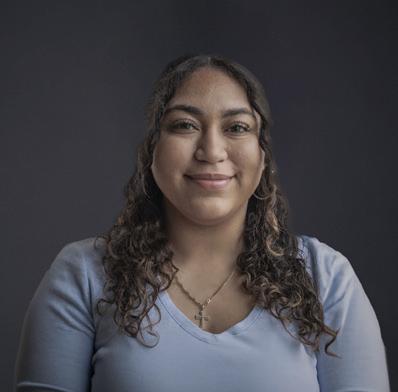
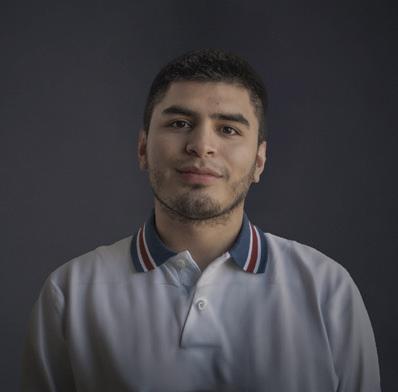
College Visions—celebrating 20 years of changing lives through education PAGE 6
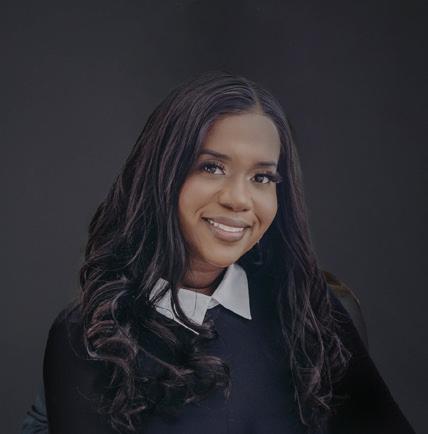

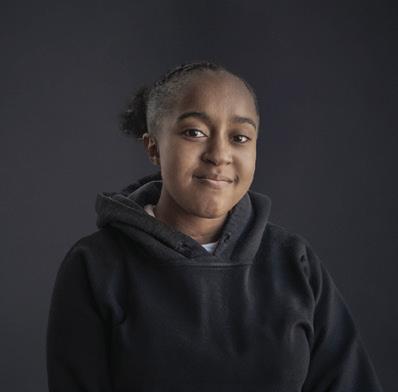



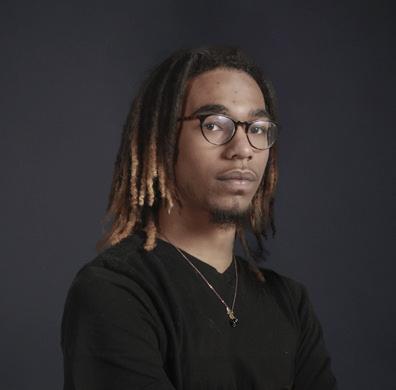
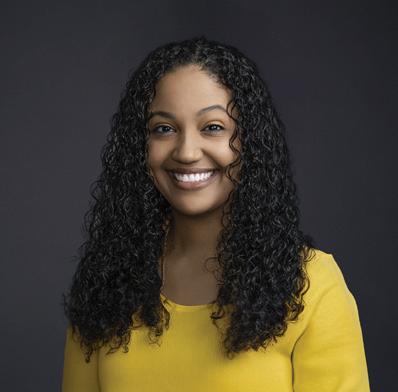
MARCH 2024
The Rhode Island Foundation is a proactive community and philanthropic leader dedicated to meeting the needs of the people of Rhode Island.
The barriers are big. The dreams are bigger.
By Lisa DiMartino
A young scholar finds herself
A fellowship brings her back to her Irish roots
By Monica Benson
Sisters without heirs continue their family legacy
Nancy and Susan Hudson giving back to Woonsocket
By Bruce Keeler
How to make house calls for people without houses
“Street Medicine” helps the unsheltered in Providence
By Zachary Nieder
Where do strong women come from? Strong girls.
A school that has educated generations of leaders
By Daniel Kertzner
Who gives? Wayne Durfee
Every donor is unique
IN THIS ISSUE 6 14 17 18 24 26
College Visions helps first-generation students navigate the college process
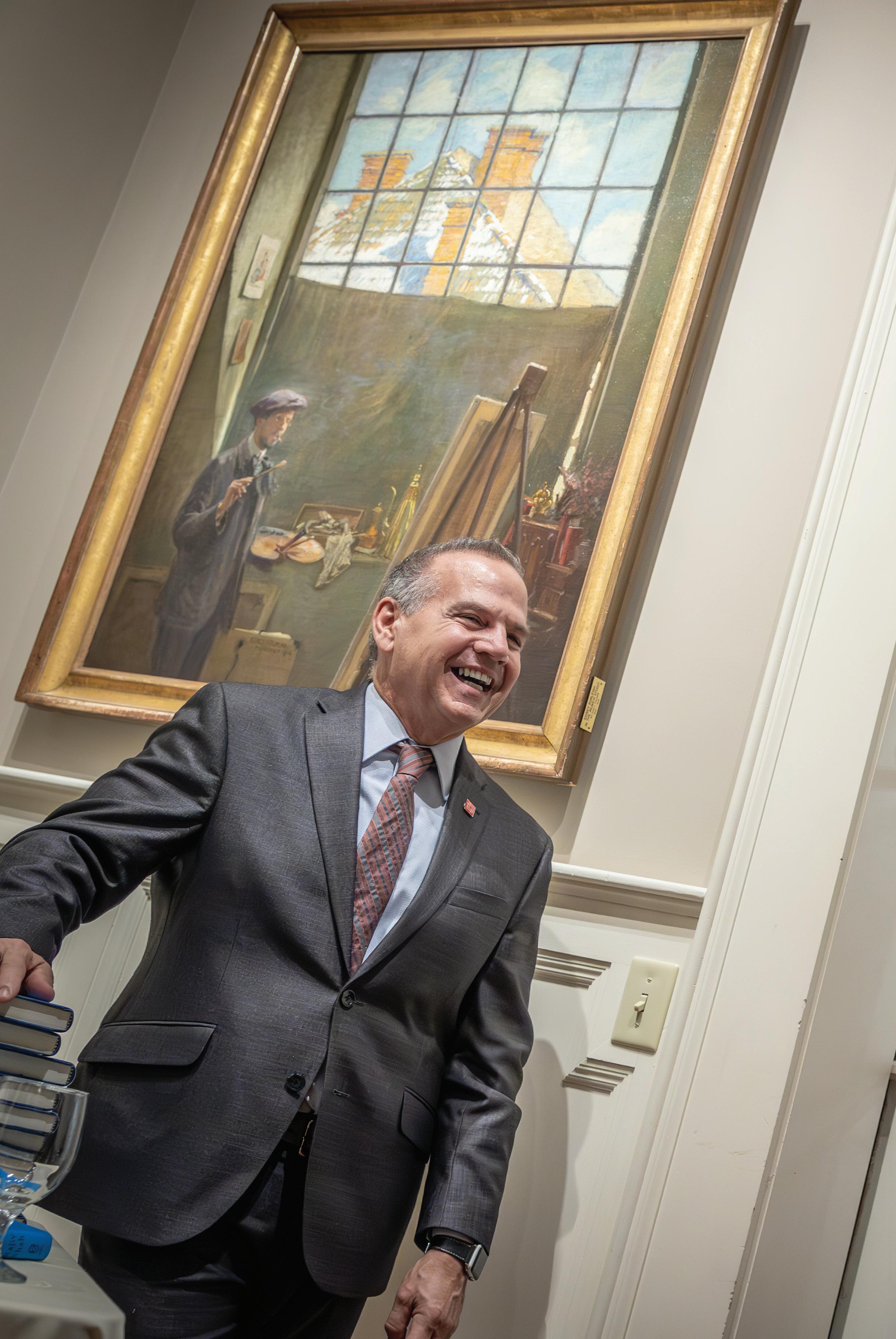
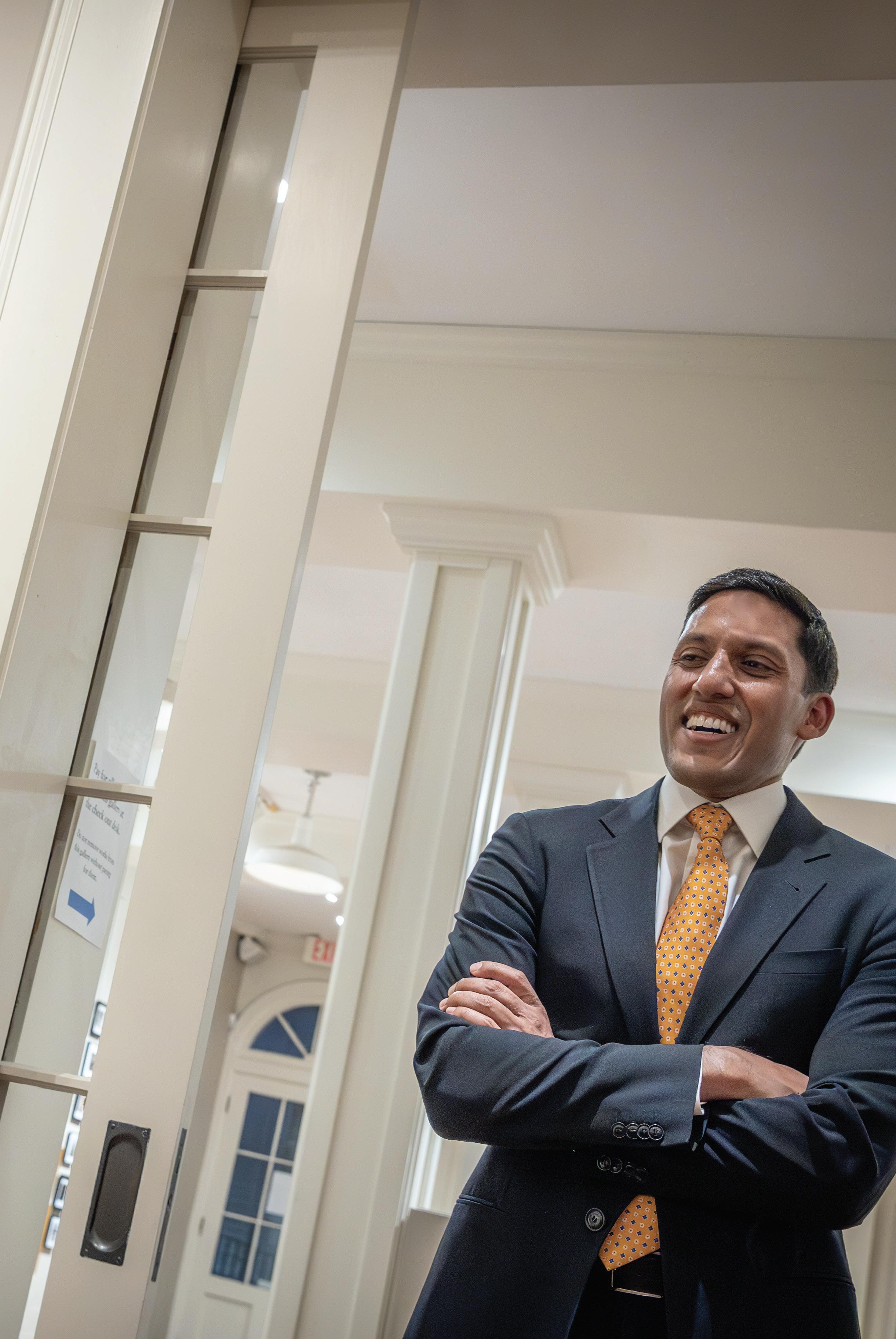
David Cicilline welcomes Rajiv Shah to Rhode Island
At a recent event celebrating our supporters from across the state, CEO and President of the Rhode Island Foundation David Cicilline introduced the evening’s special guest: Dr. Rajiv Shah, CEO and president of the Rockefeller Foundation. “Dr. Shah is a big thinker,” said Cicilline, “and has just written a new book called Big Bets.”
For Shah, a ‘big bet’ is an effort to say ‘let’s try to solve—not just make incremental improvements to’ some of the big challenges and the big problems we face as a country and as a community.
“Philanthropy at its very best can be extraordinarily impactful when we treat it as society’s risk capital,” continued Shah, “when we are willing to take the risk that others are not.” He encourages everyone to aspire to solve problems, not to make ‘doing good enough’ okay.
“You don’t have to be a saint or a billionaire to have impact in this world—if you collaborate with others, remain optimistic, and invest in people who have real knowledge and determination to solve challenges.”
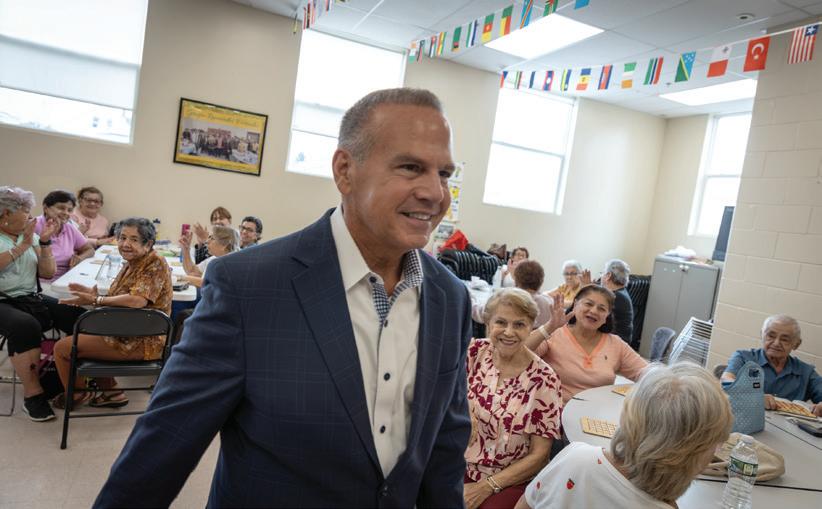
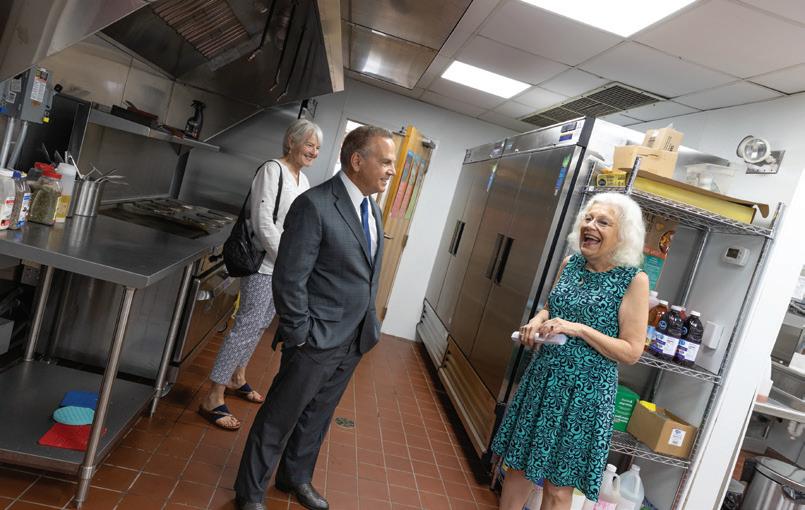
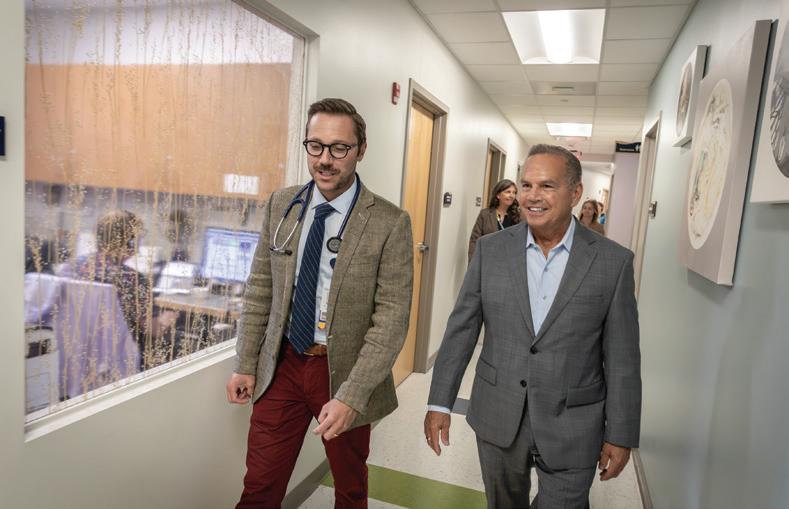
March, 2024
At a time when conflict often overshadows collaboration and hinders progress, community foundations serve a unifying purpose. They possess the unique ability to mobilize generosity and financial resources, build and activate networks of people, provide an enduring safe harbor during times of uncertainty, and celebrate and leverage differing experiences—all with the aim of solving critical community challenges.
Community foundations are a vehicle anyone can use to turn their generosity into a powerful force for good.
That is clear in this issue of Giving Changes Everything, where we celebrate the 20th anniversary of College Visions, the oldest organization in the state that guides students from the college admissions process through graduation. We introduce “street medicine,” a program supported by the Foundation which is delivering health and social services to the unsheltered homeless in their own environment. We hear from a Metcalf Fellowship recipient who talks about the personal growth she experienced during travel abroad. We learn more about how Lincoln School leverages its multifaceted endowment for students in need of financial assistance. And, we have a conversation with Foundation donor Wayne Durfee as he approaches his 100th birthday.
We hope you enjoy this issue of the Foundation’s magazine!
I also wanted to take this opportunity to share a brief update from my first several months as president and CEO of the Rhode Island Foundation. Since joining the Foundation in June 2023, I’ve been in the community and working alongside our able team and Board of Directors on a series of activities intended to meaningfully inform the way we work and how we can best serve the state going forward.
6
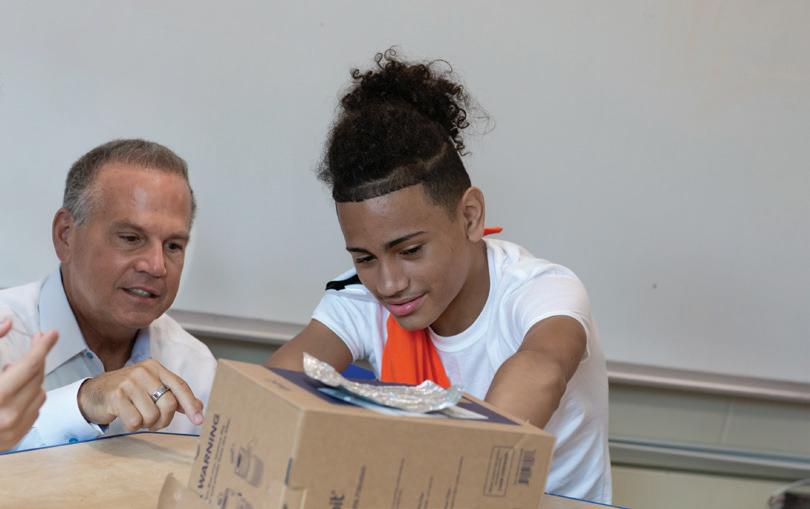

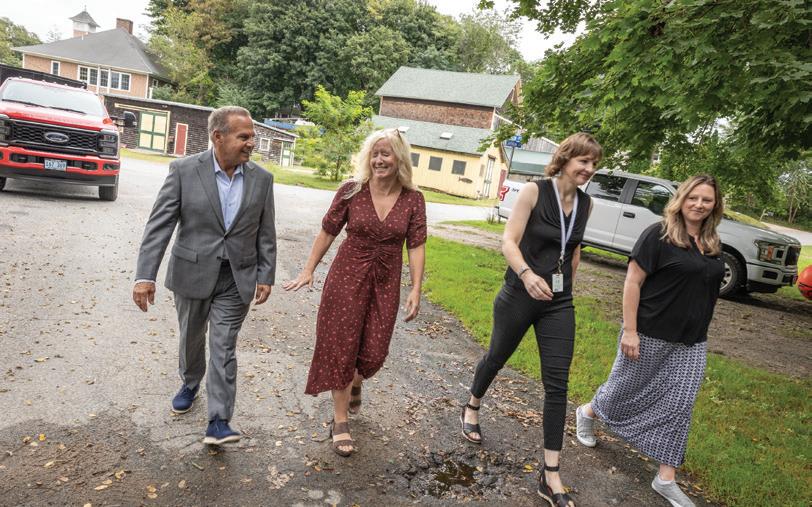
We are assessing the Foundation’s fundraising, grantmaking, and programmatic efforts. We’ve crisscrossed the state to see first-hand the impact of our investments—from Westerly to Woonsocket to Newport. We’ve studied and have been in conversations with peer foundations from across the country. We’ve spoken at length with many generous Rhode Islanders with terrific ideas and financial capital to share. And we’ve sought the opinions of stakeholders and the public on the growing need in priority areas where we have focused grantmaking and beyond-grantmaking efforts for several years—health, education, and economic security.
We’ve also heard the call to do more to address the state’s housing crisis, mitigate the persistent root causes of inequity, support climate action efforts, and help communities form stronger connections to civic life.
In the months ahead, we will chart a course for the Rhode Island Foundation informed by all we’ve been learning, and we welcome further participation in this effort from the community we serve.
My team and I, along with our Board of Directors, approach the work we do with genuine humility. We do not have all the answers, resources, experience, or expertise to address alone the challenging issues we face as a state. We work best and have the most impact when we listen to, learn from, and collaborate with the community we serve.
I am so honored to serve as president and CEO of the Rhode Island Foundation–and I look forward to the work ahead where, together, the things we hope for can become reality.
 David Cicilline, President & CEO
David Cicilline, President & CEO
7
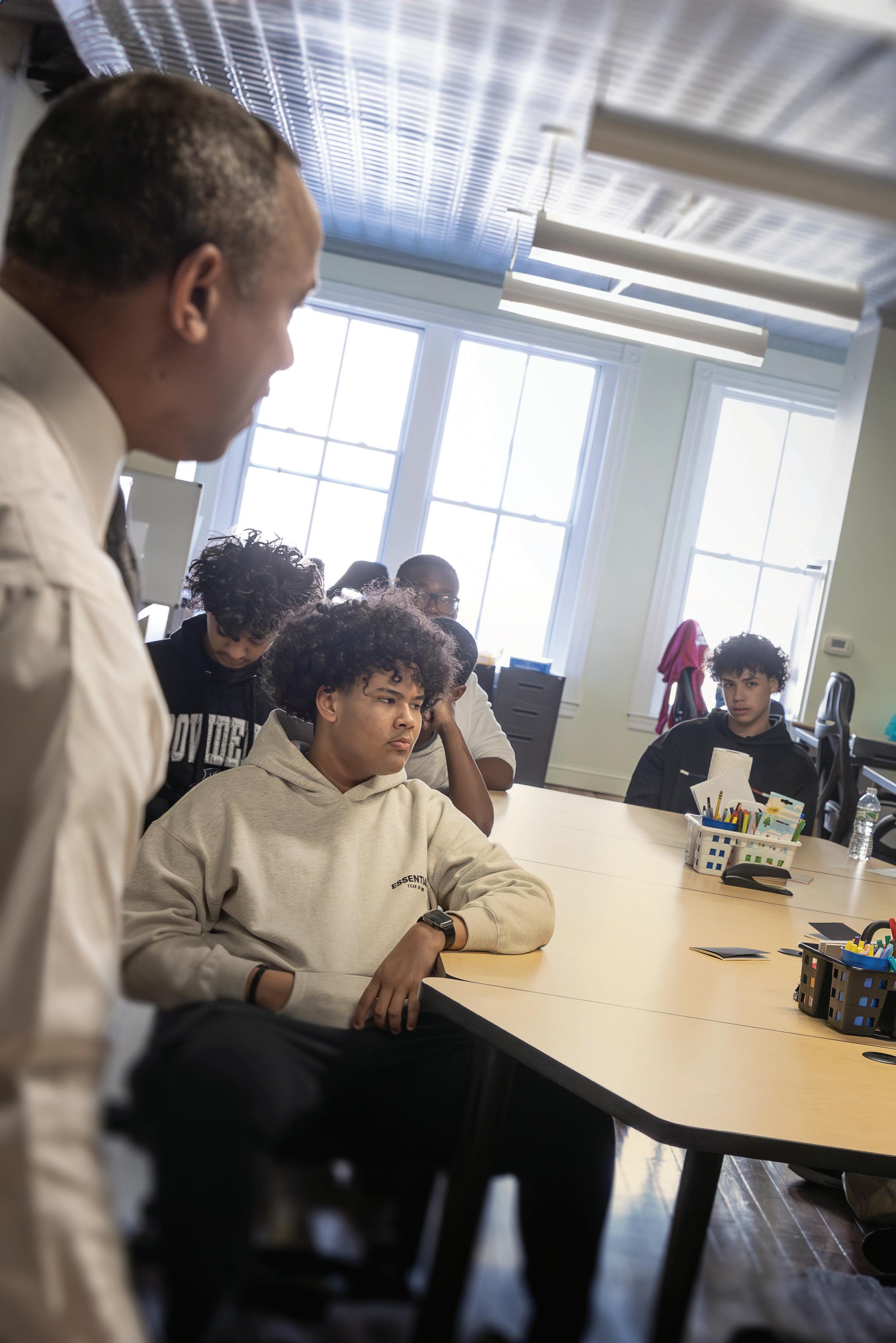
The barriers are big. The dreams are bigger.
By Lisa DiMartino, senior strategic initiative officer
8
On a recent Saturday morning, ten young Black and Latino men are seated around a table on the second floor of the Mercantile Block in downtown Providence. Lamont Gordon, the executive director of College Visions (CV), stands beside a whiteboard filling it with numbers and statistics.
college enrollment: bm* 31%, lm* 30%
unemployment: w 4.7%, l 6.8%, b 8.2%
prison: wm* 1 in 23, lm 1 in 6, bm 1 in 4 whites have 10× the wealth of blacks and latinos

This is a monthly meeting of the Black and Brown Male Scholar Fellowship (The Fellowship), funded by the Rhode Island Foundation, just one small part of the now 20-year-old College Visions, the first and oldest community-based college completion program in the state.
The Fellowship is designed to increase college enrollment and completion for young men of color. Ten 11th-grade students are participating in this two-year college readiness program. Year One focuses on the Black and Brown male experience in society and education, on community-building, and acquisition of academic skills.
9
*BM: Black male, LM: Latino male, WM: White male
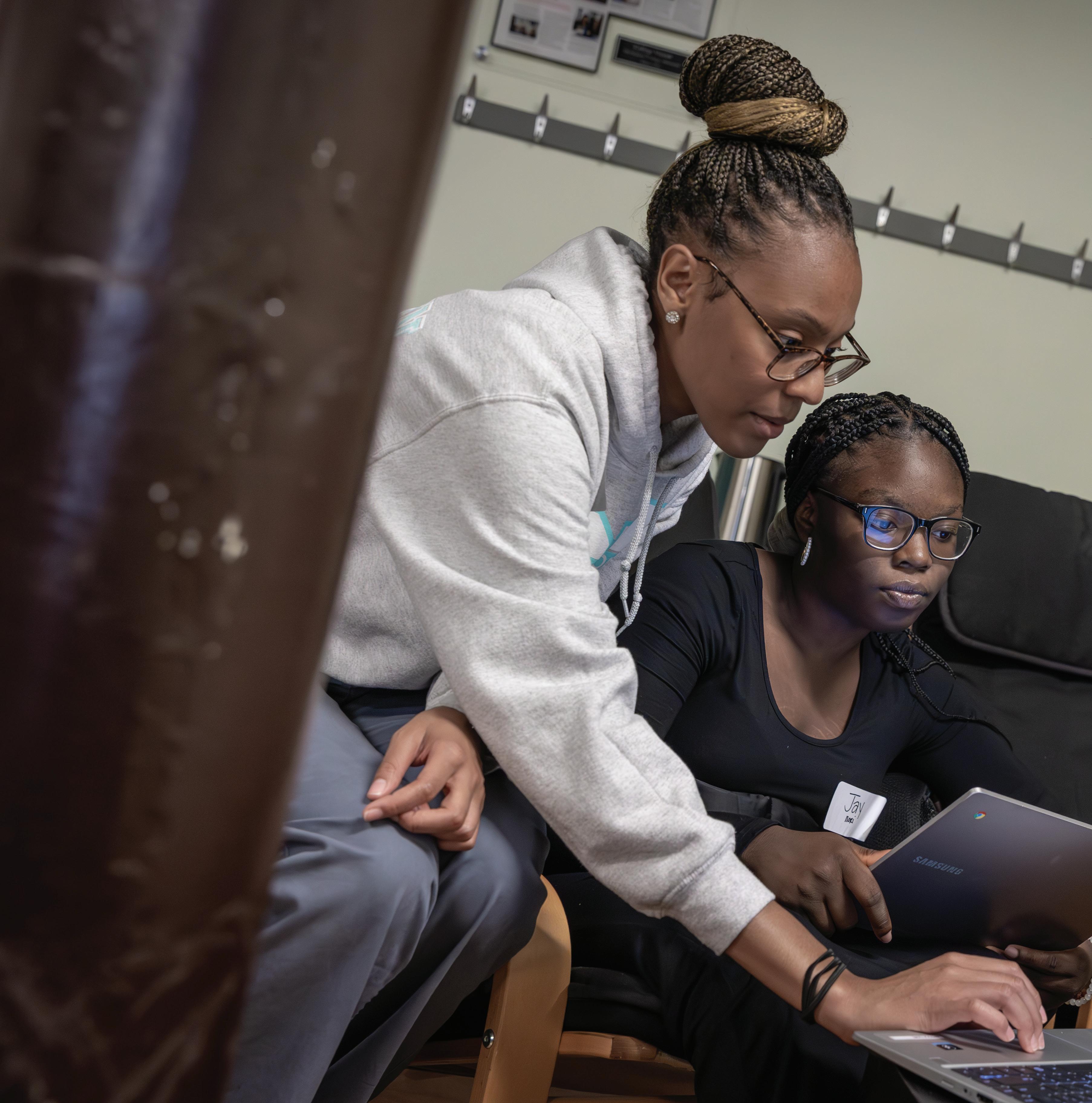
Year Two will pivot to college exploration and the application process.
Simon Moore founded College Visions in 2004. A Providence public school student, Moore went on to graduate from Brown University. He took on the need for more holistic college access for lowincome, underserved students, collaborating with AS220. Several months later, Simon had a desk in their Empire Street space from which he recruited 10 students.
Twenty years later, College Visions is celebrating 500 college graduates, each of whom has been
helped with all aspects of their college applications, including identifying schools that meet their needs and abilities and that offer ample financial aid.
The Rhode Island Foundation has been a committed funding partner to CV throughout the years. Since 2010 we’ve made Foundationdirected grants of nearly half a million dollars, and generous donor advisors have contributed another $1.2 million.
Mindy and George Matouk, Creative Director and CEO of luxury linens maker Matouk, co-funded a Foundation grant to College Visions in 2021, and
10

have continued to support the organization through their donor advised fund. Moira Hinderer, CV’s director of development and external relations, notes that the Matouks have been generous with their time and other resources: they recently presented each of CV’s graduating 12th-graders with a bag of linens that included x-long twin sheets (for college dorm mattresses) and towels to get them started as freshmen living independently.
In 2013, the pair established the Matouk Family Fund at the Foundation, where they focus philanthropy on organizations active in the Providence community. “The combination of the
state takeover of the Providence Public School District with pandemic-related learning challenges motivated us to approach the Foundation and ask for ways we might be able to help,” said George, who currently serves on the PPSD School Board. “Prior to that conversation, we had never heard of College Visions, but we immediately responded to the mission, and we recognized an opportunity to help CV increase its impact.”
“College Visions serves a wide academic range,” says Moira Hinderer. “Students who are stellar as well as students who have struggled and now want to make this work despite rough spots in the transcripts.”
The majority are solid academically. CV does not cherry-pick—foundational to their work is the premise that any student who wants to go to college should be supported in that process.
“There is an interview process, but it is not based on GPA. Rather on ‘why do you want to be in this program’ and ‘are you committed to it,’ adds Moira. A great deal of time is spent exploring scholarships, working with parents to make sure they understand the process. College Visions needs to know if taking on debt will be manageable for the family. In addition, CV believes that every student should have at least one low-cost option.
They borrow a van to visit local and regional schools; college representatives also hold information sessions at CV. An arrangement with Southwest Airlines provides CV with vouchers if students need to fly to a school. In fact, Lamont and his ten Black and Latino scholars will be traveling to Baltimore/Washington, DC in April to participate in an NPEA (National Partnership for Educational Access) annual conference and visit area colleges.
“Our model is not transactional—it’s relational, and that makes us unique,” says the current Executive Director Lamont Gordon, who came to Providence with experience in college-access programs in New York City and Boston. “If we have built a relationship, students and their families will see us as a trusted resource.”
CV’s college advisors, with whom the students meet weekly one-on-one, work hard to make the students feel comfortable. Advisors are all ‘first gen’
11
“College Visions serves a wide academic range. Students who are stellar as well as students who have struggled and now want to make this work despite rough spots in the transcripts.”
— Moira Hinderer, director of development and external relations.
CV must ask the question, and they have to know the answer—a moment where trust is critical. “It is important for us to have the confidence that we can support a student upon that revelation.”
Most of their students will qualify for the maximum Pell grant. “At one time, a Pell grant could cover 80% of tuition, now it’s more like 30%.” It has enabled millions of young people to go to college, but Lamont would like to see the Pell grant increased as it has not kept up with the rising cost of college.
“Typically, it is not just tuition that is the problem—it’s also transportation, housing, food,” continues Lamont. “All college aid initiatives should take these costs into account in order to make college truly affordable.”
themselves, so their background and experience help them build a level of comfort and trust.
“For instance,” says Lamont, “CV might have a student who finds out only while applying to college that they are undocumented.” You cannot receive federal aid if you are undocumented, so
CV has created an emergency fund to help students with unexpected expenses, and they do have students who are managing to navigate problems like these with their support.
Lamont notes that many CV students choose professions in which they can give back to their
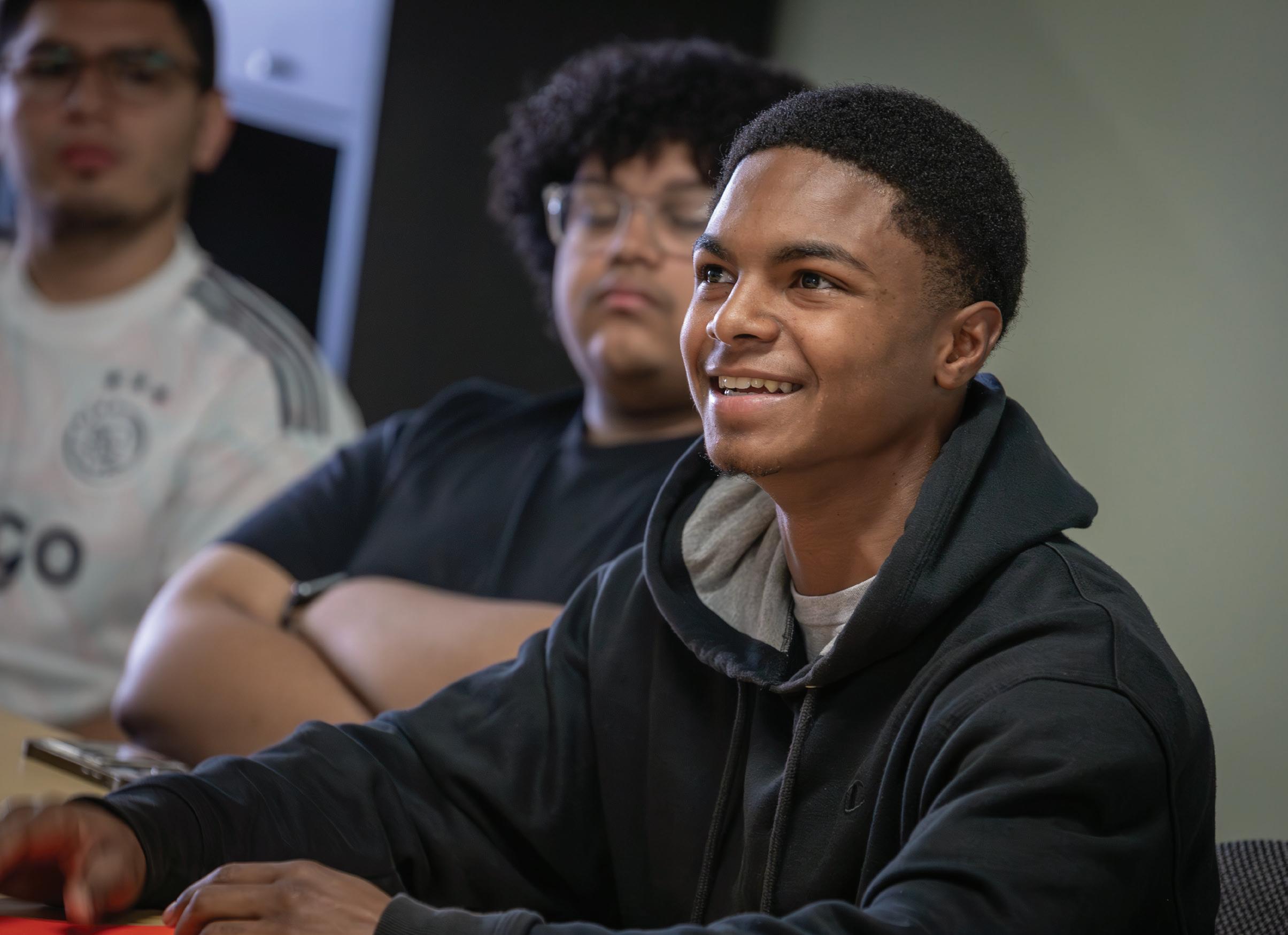
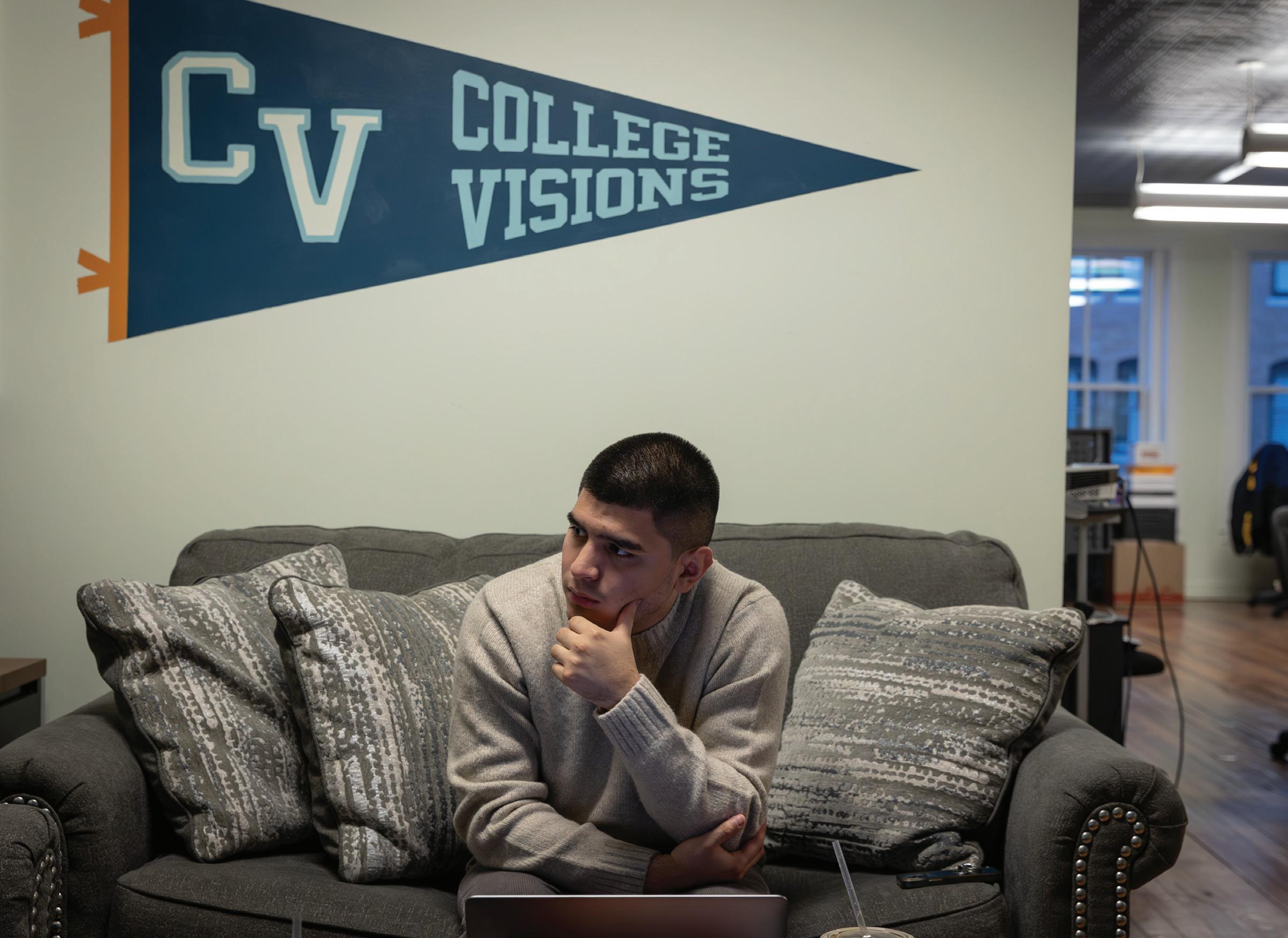
communities in some way. “We focus on college graduation and, while the college degree is our primary metric, it is not the end of the story— rather the beginning. Our long-term vision is that CV students will graduate from college, build careers, and become leaders who help lift up our community.
“I chose this line of work for that reason. I am a first-gen college graduate. My dad was a taxi driver. From first to eighth grade, I went to seven different schools in DC because we moved constantly. The rent would be due and we would have to move. In middle school, I participated in a program called Higher Achievement, an academic enrichment program that provided an opportunity for kids like me, a program like College Visions.”
Knowing that they operate in an unjust system, College Visions focuses on what is in their control. “We are trying to be a resource for
young people who are at a disadvantage because of these disparities—many of our students are written off by others, confronted with low expectations that assume they are not college material. With the right support, we can help students get into and succeed in college.
“I have always had faith and hope that things can get better. That is what keeps me going. I want my Black and Latino group to know that we face systemic challenges, but I do not want to send them home thinking ‘what is the point of going to college.’ We want them to use this knowledge as a motivator to achieve their goals and eventually become part of the solution to these systemic challenges.”
On that Saturday morning, every one of those Black and Brown high school juniors left that room with a renewed belief in their own sense of promise and responsibility—with a sense of hope.
13
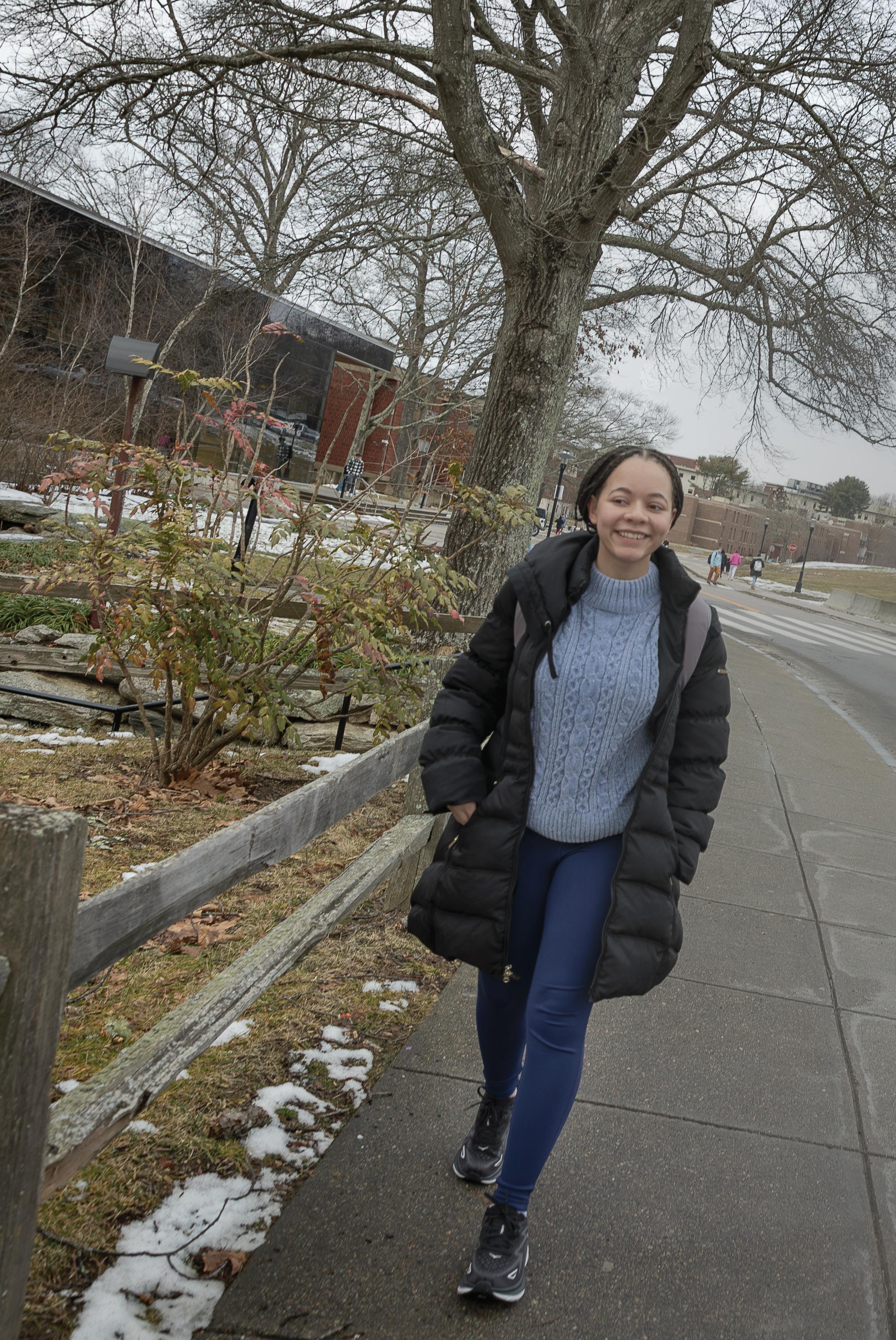
14

COLLEGE VISIONS
JAIMY DEBURGO
Now in her second year as a nursing student at the University of Rhode Island, Jaimy Deburgo has settled into college life. Jaimy attributes her solid adjustment in part to her experience with College Visions and still calls on her advisor for support.
While a senior at East Providence High School, Jaimy was encouraged by her English teacher to apply for the CV program. “My friends and I were not excited about it—just another obligation in the process of thinking about college. But I applied, was accepted, went to a general meeting followed by a summer event—and I was sold.”
Jaimy says the most important outcome of her participation was the support and the community it provides. “My advisor was great—she walked me through so many complicated forms and applications when I was really stressed—whether questions about scholarships or financial aid, I always felt ‘I am not alone in this.’” An updated list of scholarships is available, and advisors work with students one-on-one to help them develop polished application materials.
Since starting college, Jaimy has also been able to draw on CV’s emergency fund, which has been in place since 2009.
“We distribute about $15,000 each year to students for expenses such as textbooks and codes, course materials, eyeglasses, transportation, housing deposits, and other expenses,” says Moira Hinderer, CV’s director of development. “By covering the cost of something like a textbook, we can ensure that a student isn’t trying to get by borrowing course materials and
underperforming in the class.” (During 2020, CV distributed $60,000 to students, which helped them buy technology for online classes and pay for housing, utilities, and food when campuses closed and students lost employment.)
When asked, ‘What would you tell a sibling or friend about College Visions? What wisdom would you impart?’ Jaimy replied:
9 Apply for CV. It was so helpful.
9 Start looking at scholarships immediately— don’t wait. Even if it means that you have to write a 500-word essay—there’s an interesting story you can tell.
9 It’s okay that you don’t know what you want to do. Explore, take a class, and if you like it, take another. The first year, get gen-ed done and explore majors.
This semester, she will be starting her nursing clinicals at Kent Hospital. When asked ‘why nursing?’ Jaimy answers: “My parents are older—in their 60s—and I have already been helping them manage their health needs. Now that I am in the program at URI, I have come to believe that this is a really good choice for me.
“After I graduate, I plan to work at a hospital for a couple of years. Med-surg gives you experience on each floor, and after six months, you probably know what you want to focus on. Then I will get my NP—after working three years, most hospitals will pay for continued education.
“Ultimately, I would like to work in a small clinic near my house in East Providence.”
15
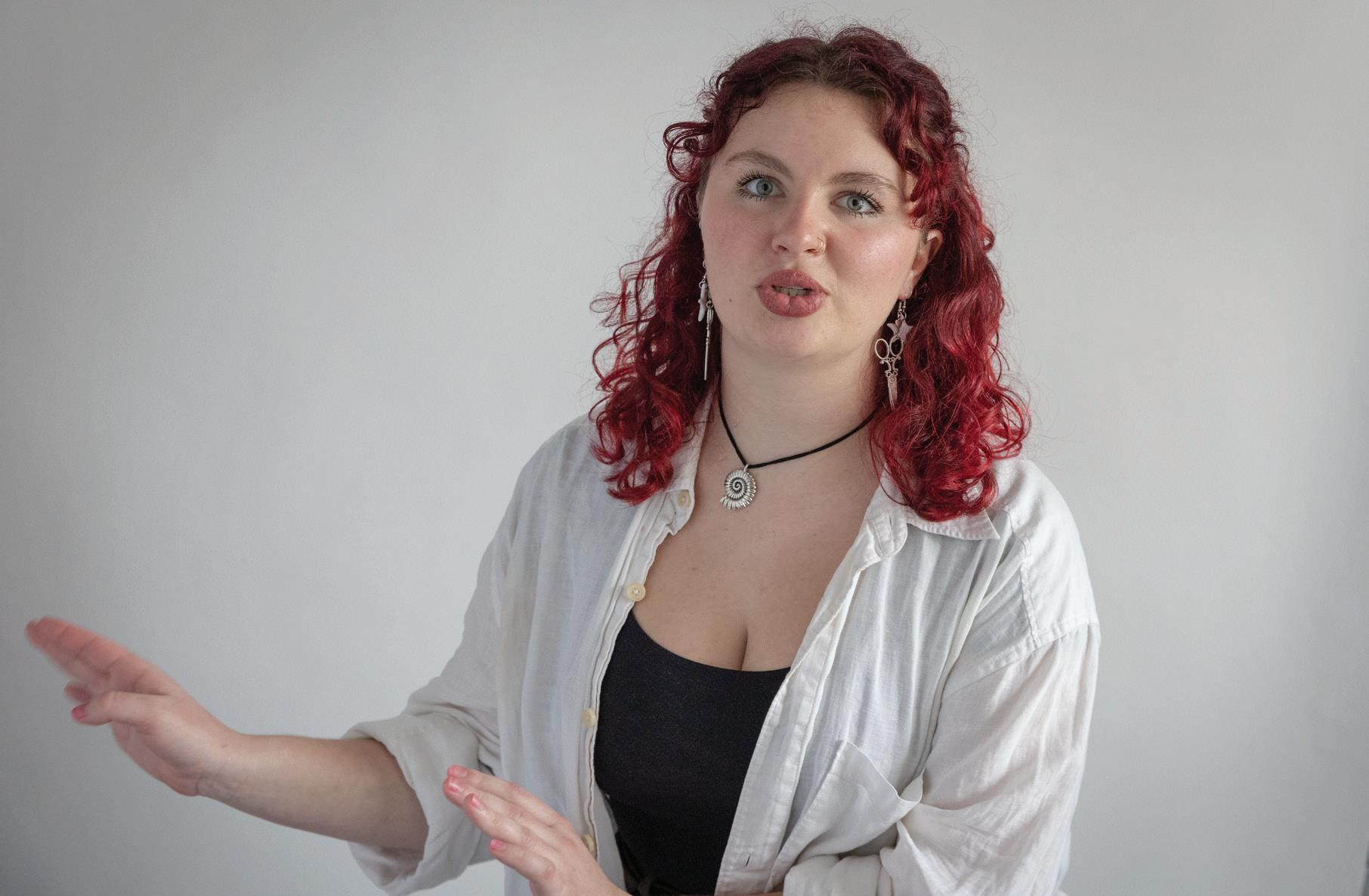

A young scholar finds herself
By Monica Benson, scholarship and special funds administrator
“When I was awarded the Metcalf Fellowship, I was approaching my journey to Ireland from an academic angle,” says Emily Gray. “Instead, it was all about personal growth. I went into it with certain assumptions and found out so much more. My pre-conceptions fell away—it was a reckoning with myself that I’ll never forget. I emerged like a Russian stacking doll—the innermost one.”
Emily had just graduated from Wheaton College (MA) with a major in art history and English and a minor in visual arts. She was working full-time at WaterFire Providence as an arts administrator with dreams of curating.
Emily’s intriguing proposal involved investigating the intersection of pagan deities and goddesses with the Catholic church in Ireland. “There is so much superstition and mythology surrounding pagan gods and goddesses, some of which are venerated only in a small area or region, or by a particular tribe. Places such as rocks, streams, mountains, and trees may all have had shrines or offerings devoted to a deity residing there.
“But how did embracing Christianity alter this—in some cases, deities have been assimilated into the Catholic church, becoming an amalgamation that can be reflected in the storytelling, music, and art of Ireland.”
Beginning her “Irish Ramble”—as Emily refers to it—in Dublin, she quickly realized that this trip might be more difficult than she had expected. “Dublin is hard. I felt raw. No one knew me, no one could see me—I felt invisible. It was exactly what I wanted, but it was heavier than I had anticipated.”
Then, she encountered Paula Meehan, a renowned Irish poet and playwright, at a reading of The Solace of Artemis. “It was so in line with what I was looking for—feminine lineage, matriarchal history, divinity, both pagan and Christian. I felt so seen and reflected, and I broke down crying in front of her, so moved by her words and her ability to see people. She said, ‘What is poetry for if not for inciting feeling?’”
17
The Michael P. Metcalf Memorial Fund was established in 1989 to honor the memory of the late publisher of the Providence Journal. When she helped establish the Fund, Metcalf’s widow Charlotte explained, “I wanted to provide an opportunity for students to imagine an experience that might be transformative and to be bold enough to leave their normal course of study to live it.”
Mary Grinavic of Cumberland knows firsthand what the Metcalf Fellowship means—her daughter Christine had been a Metcalf Fellow in 2001—it funded her six-week archeological expedition in Israel while a student at URI. She went on to travel to 19 countries until, in 2007, at age 26, a sailing vessel she had been working on in the Caribbean disappeared at sea. Mary established The Christine T. Grinavic Adventurer’s Fund, which now supplements the Metcalf Fellowship.
“A lot of this journey had to do with my childhood and my father,” says Emily, “He’s Irish and so very proud of it. The first time I traveled to Ireland, I was still in utero! It was high time to visit my extended family there.
“I felt so at home and held by the land itself.”
“I wanted to provide an opportunity for students to imagine an experience that might be transformative and to be bold enough to leave their normal course of study to live it.”
— Charlotte Metcalf

18
Sisters without heirs continue their family legacy
By Bruce Keeler, senior philanthropic advisor
The late attorney Bentley Tobin joined the Hinckley Allen & Snyder law firm in 1983, bringing with him an important relationship. Susan and Nancy Hudson were surviving daughters of the wellrespected Buell and Esther Hudson of Woonsocket and partial heirs to the family business, The Woonsocket Call.
For nine decades, the Hudson name was synonymous with The Woonsocket Call, with three generations of family members serving in leadership positions on the daily newspaper before its sale in 1984 and a family deeply committed to community involvement.
Both daughters graduated from Woonsocket High School, as their father had. Susan continued her education at the University of Maine but left after three years for health reasons. She worked for many years as a service representative for the former New England Telephone & Telegraph Company in its Boston, Pawtucket, and Woonsocket offices, having worked earlier for Manpower and Amica Insurance. Nancy graduated from Connecticut College in New London in 1953 and earned an MBA four years later from New York University School of Business. She became the third generation to work at The Woonsocket Call, serving as the newspaper’s editor. Like their parents, Susan and Nancy carried on the family tradition of giving to their community, sitting on several nonprofit boards in their beloved Woonsocket. They shared strong relationships of service with the Visiting Nurse Service of Greater Woonsocket, the Ballou Home, Roger Williams Zoo, and St. James Episcopal Church, where Nancy played an active role as a leader and volunteer at the church’s food bank. Neither sister ever married nor had children.
Susan died in 2000 at the age of 65. Through her estate, she established the Hudson Family Fund at the Rhode Island Foundation, a field of interest fund to enhance the quality of life of people living in northern Rhode Island, with a focus on health care concerns.

Working with Hinckley Allen attorney Leon C. Boghossian, III, who took over the relationship from his colleagues Tobin and the late attorney Dick Pierce, Nancy also chose to partner with the Foundation as steward to the Hudson family philanthropy, generously naming the Foundation and this Fund as the remainderman of her sizable estate. Nancy died in early 2023.
“She was a lovely woman who chose to live a very frugal life, staying in the Woonsocket area until the end,” says Leon of Nancy, “…her commitment to giving back to her community never wavered, and through this Fund, many ofthe family’s favorite organizations will benefit in perpetuity.”
Concluded Nancy in a 2002 interview with the Foundation: “We have a good community—a lot of people who work together and help each other.” As a result of the sisters’ life’s work, thoughtful generosity, and good counsel, the Hudson family legacy of giving, service, and care for their community lives on.
19

How to make house calls for people without houses
By Zachary Nieder, senior strategic initiative officer
20
At Kennedy Plaza, Dr. Rebecca Karb (in blue sweatshirt), an emergency medicine doctor, and Megan Smith, PhD, an assistant Professor in the School of Social Work at Rhode Island College, treat N., who has an infection following a recent amputation.

Becky kneels down in front of the woman in the wheelchair in Kennedy Plaza and asks if she can look at the dressing on her wound. Becky, as she is known on the streets, is Dr. Rebecca Karb, an emergency medicine doctor. Today, she and Megan Smith, PhD, an assistant Professor in the School of Social Work at Rhode Island College, have come to find N., the middle-aged woman in the wheelchair. They know her well, having treated her when she required an amputation of her right leg above the knee last June.
An infection followed, but N. has refused to go to the hospital. So Becky has been treating her at Kennedy Plaza as best as she can. N. is happy to see them and jokes with Becky about her wrapping skill — laughing that “it keeps falling off.”
House of Hope and Project Weber/RENEW, with support from the Rhode Island Foundation, have been providing consistent and effective street outreach with the unsheltered population for some time, but there has been a gap in the engagement of medical institutions and healthcare providers with this important work. Now, Lifespan is attempting to bring high-quality healthcare out of clinics and hospitals into the community by meeting people where they are—in parks, encampments, under bridges, abandoned buildings, and cars.
Last year, the Rhode Island Foundation funded this first Street Medicine (SM) program. It is a way to deliver much-needed acute care and facilitate trust building between the medical community and unsheltered individuals.
Dr. Karb is taking medicine to the streets. “I started doing intervention work with House of Hope and realized this requires formal institutional support. Let’s make this more of an established thing and develop a structure of operation.”
Homelessness and health influence one another through multiple reinforcing mechanisms. People experiencing homelessness are susceptible to the same issues as people who are not—and then some— and their living conditions tend to make treating the issues much more difficult for even the most routine medical treatment. Something as straightforward as the need for bed rest is complicated, if not impossible, when the patient does not have a bed.
Dr. Karb can rattle off a lengthy list of common health problems that people experiencing homelessness have: lung diseases, including bronchitis, tuberculosis, and pneumonia; wounds and skin infections, malnutrition, mental health problems, substance use problems, dental and periodontal disease, infectious hepatitis.
Megan is well-known on the streets as well. As a social worker, she worked with the homeless
21

 Dr. Karb, at right, and Megan Smith make one of their regular visits to a tent encampment. On any given day, they check in with a half-dozen or more residents.
Dr. Karb, at right, and Megan Smith make one of their regular visits to a tent encampment. On any given day, they check in with a half-dozen or more residents.
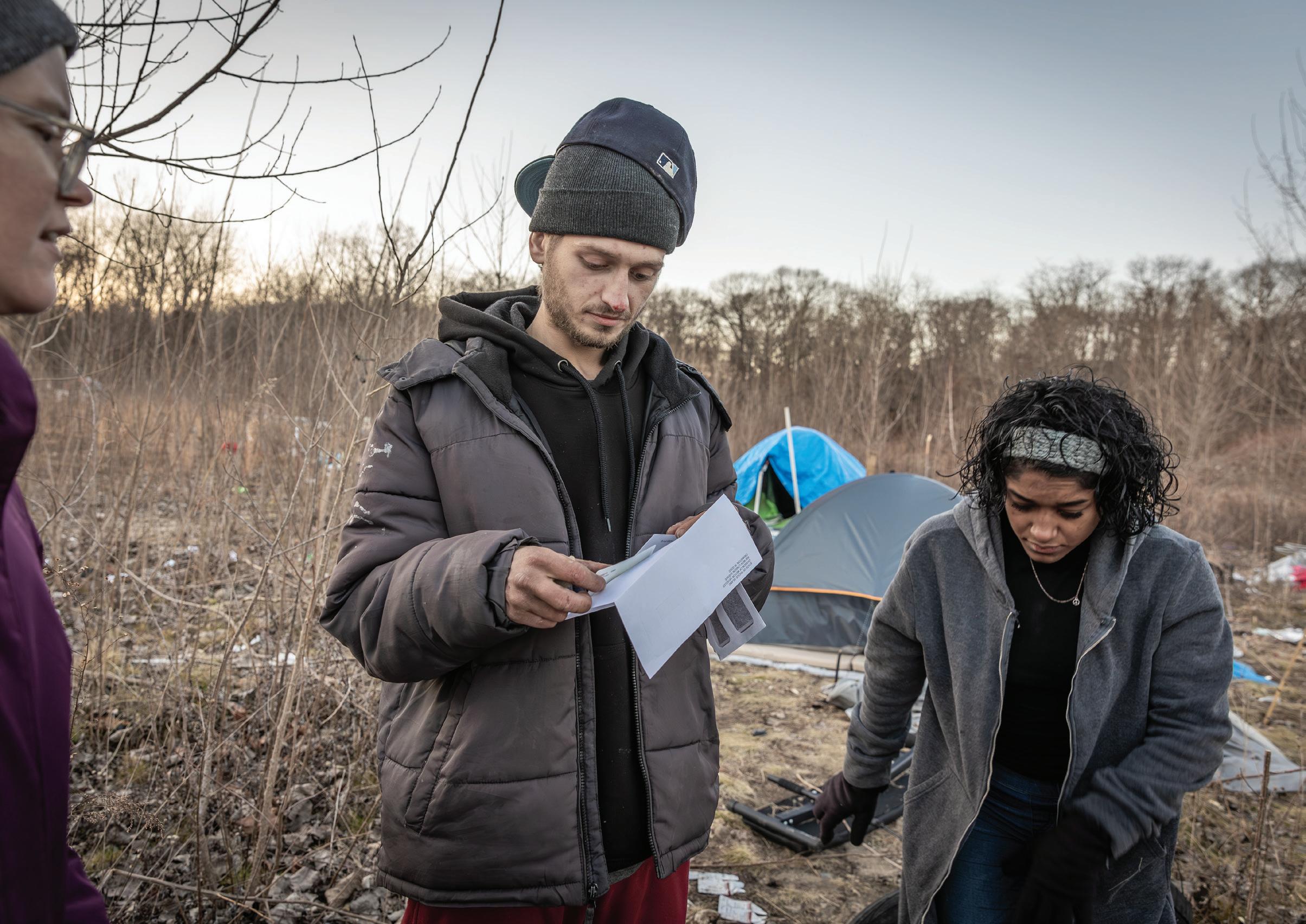
community in Providence for 12 years, was the outreach program manager for House of Hope for three years, and remains the outreach program consultant. “I’m still struck by the conversations I have with the communal, resourceful, creative people I meet on the streets. I’m also struck by how deeply our system is still failing them.”
“There are layers of goals for the program,” says Becky, “some practical and some less tangible.”
First, SM is providing medical care for a marginalized and under-served population that has difficulty accessing care in the structures that have traditionally been set up. “For example wrapping a wound for someone in a wheelchair at Kennedy Plaza.”
Second, healing the trauma or mistrust that has built up for the healthcare system among this population because of negative experiences they have had—being mistreated, labeled, or judged. “I try to create an experience for them that feels respectful and empowering and might change the way they engage with healthcare moving forward.”
Third, using the experience that physicians have in outreach to inform and transform care,
particularly in the emergency department. “When you can meet patients on their terms, you have a better idea of their dimensionality. That has a ripple effect on the way people are treated by techs, nurses, and doctors” in a medical facility. “These are little changes that add up over time.”
Hospital systems in general have been addressing equity and social determinants of health but not always with a tangible concrete commitment.
“But the Lifespan folks who have helped put this grant together think this is a good and important program,” stresses Becky. The long-term goal is to ensure they align their money with their values moving forward.
The services being provided through SM are not easily measurable to bill insurance or Medicaid. Most of the unhoused people have Medicaid— because of Project Weber, House of Hope, and other advocates, our Medicaid coverage in Rhode Island is robust. “I don’t see a lot of people who are uninsured,” says Becky. “We will show a reduction in ED visits, but a program like this is never going to pay for itself. It will have a fiscal impact, but it will never be a revenuegenerating endeavor.”
24
Working with House of Hope, Megan helps unhoused apply for necessary documents. In this case, she delivers a state ID.
If you look at street medicine programs across the country, the primary cost is staff. That can be difficult to fund. “We would need Lifespan to say we’re going to pay for physicians and nurses and PAs and NPs. I have a vision, and I can make stuff happen, but I am not a money person, so I’m always wondering where the money will come from.”
Both Becky Karb and Megan Smith see options: It doesn’t have to be just hospitals that fund street medicine programs—it can be private foundations and universities and businesses.
“Housing is the biggest obstacle to solving this thing,” observes Becky. “When I’m out there, I focus on what I can control, but I am thinking, ‘what this person really needs is a home.’ The elephant in the room with all of these services is that everything is going to be better and more effective in a house.”
Dr. Karb would like to see the program expanded. Being able to have a sustainable group of consistent providers, not just doing it in their free time; a program coordinator who could do administrative and record-keeping stuff; an ability to determine the biggest needs in the community and respond to them. “For instance, Hepatitis C keeps coming up and treatment is difficult to access—we’re now finding a protocol for that.”
“When you can meet patients on their terms, you have a better idea of their dimensionality. That has a ripple effect on the way people are treated by techs, nurses, and doctors in a medical facility.”
— Dr. Rebecca Karb
After she finishes wrapping N.’s leg (hopefully a bit tighter this time), she muses, “The collaborative non-hierarchical aspect of this particular program— the medical world and the social services world— makes what we’re doing feel incredibly special.”
update : Dr. Karb reports that N. entered the hospital in mid-January for follow-up surgery and will be recovering at a skilled nursing facility. Proving that meeting patients on their terms can indeed work.
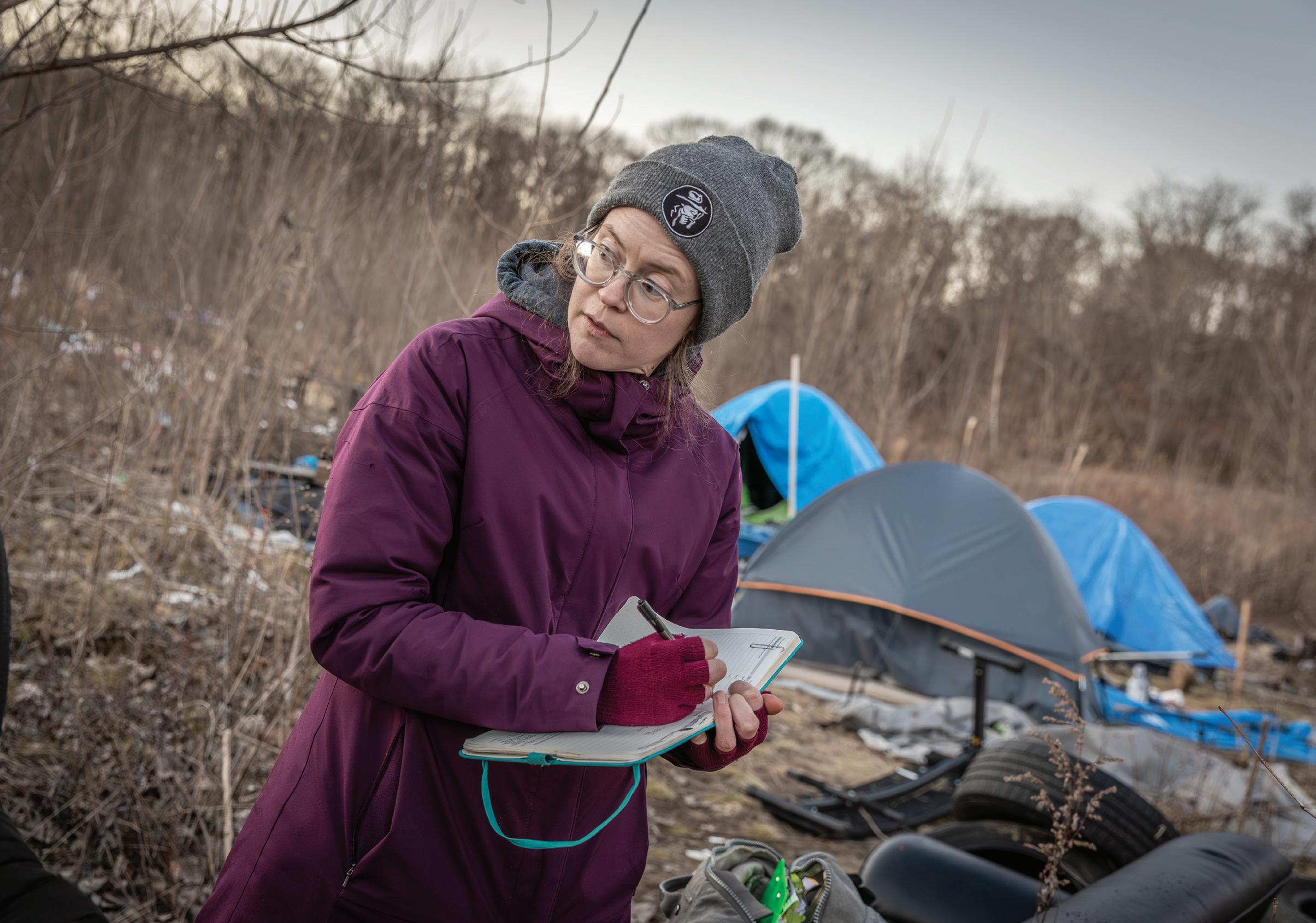 Megan delivers snacks, supplies, and schedules medical and dental appointments.
Megan delivers snacks, supplies, and schedules medical and dental appointments.
“At Lincoln School, girls learn that their voices are important and their ideas matter. Because they see girls as the strongest students, the leads in the play, the best athletes, and the leaders of student government and clubs, they develop the confidence to become their best selves,” explains Head of School and alumna Sophie Glenn Lau ’88 about the advantages of a girls’ school education. Since 1884, Lincoln School has offered a deep, holistic learning experience, rooted in Quaker principles, to girls in kindergarten through grade 12, the only girls’ school in the United States based on the values of simplicity, peace, integrity, community, equality, and stewardship (SPICES). The school also offers a co-ed program for children ages six weeks through pre-K. These tenets guide their curriculum and community, and help ensure every student feels valued, empowered, and has a sense of belonging. Uniforms help reduce competition for status based on clothing, and there are affinity spaces for students to explore and celebrate their unique identities. Teachers develop inclusive curricula, so girls of all ages see themselves mirrored in the books they read and in the material they study.
“We work hard to support all our students when they are here,” says Sophie. “For example, thanks to a generous grant, students can participate free of charge in our Immersion Programs —new this year—which offer curriculum-based domestic travel opportunities to Upper School students.” To make a Lincoln School education accessible, significant financial assistance is available.
Lincoln is also home to the only dedicated space for STEAM (Science, Technology, Engineering, Art/Architecture and Math) for girls in Rhode Island. Whether students are working in the STEAM Lab in Lower School, the Robotics Room in Middle School, or the STEAM Hub in Upper school, all are encouraged to create and iterate. Students learn basic coding, how to operate 3D printers and laser cutters, and explore how they might use these tools to deepen their understanding of all the disciplines they study.
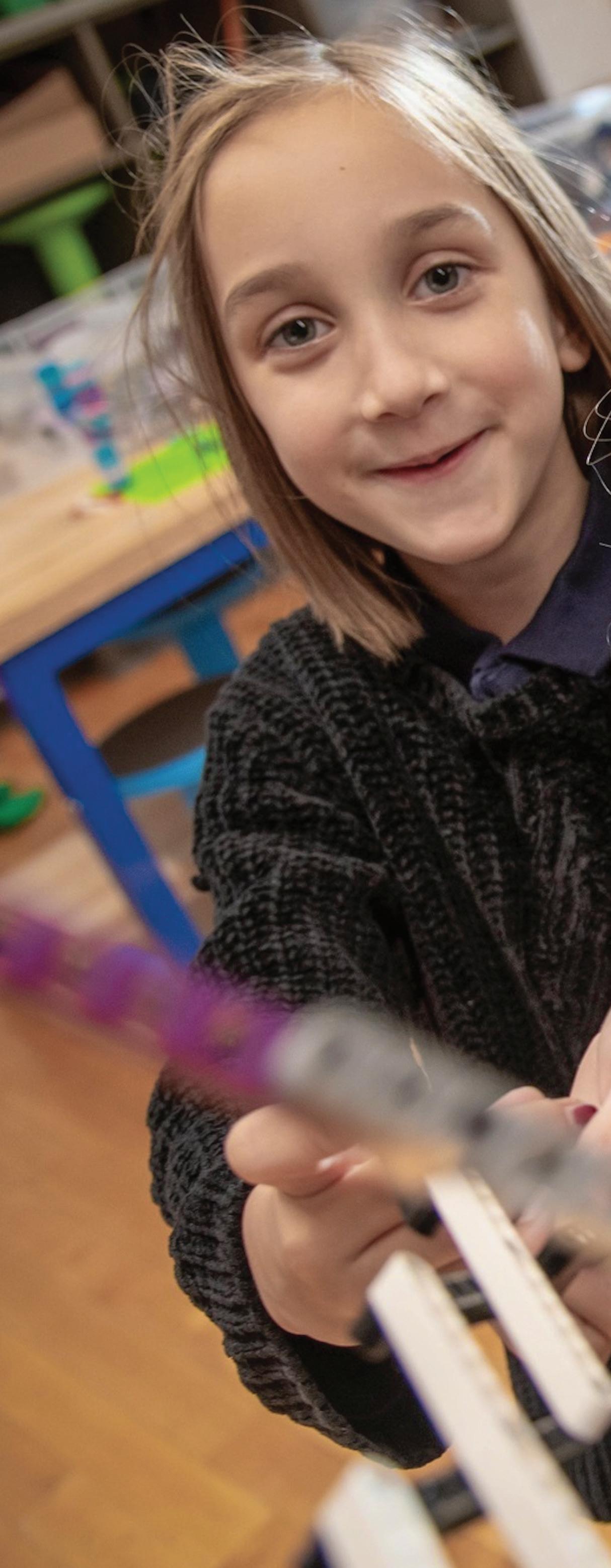
Where do strong women come from? Strong girls.
By Daniel Kertzner, senior philanthropic advisor
26

Encouraged to tackle real world problems, STEAM Hub Marine Biology students are constructing a programmable buoy to collect oceanographic data, ultimately contributing to the broader data set used to study the impact of climate change on our oceans.
Another vital way in which Lincoln School offers a quality, dynamic, and real-world education to its students, is through the power of community partnership. Relationships with Save the Bay, Brown University School of Engineering, and University Orthopedics, to name just a few, provide for exposure to and study in fields in which women are traditionally underrepresented.
Lincoln School’s partnership with the Rhode Island
Foundation began in 2011, through its first organizational endowment fund, and has continued with the establishment of many more, from those supporting scholarship programs for students with financial need, financial literacy education for girls, to the Steam Hub, faculty programs, and general operations. This dedicated, long-standing philanthropic partnership, once more demonstrates Lincoln School’s lived Quaker values and its commitment to girls and to girls’ education, ensuring, through thoughtful stewardship and investment, that this ‘purposely small school that allows every student to be known and loved’ will continue to evolve, to innovate, and to provide expansive opportunities for learning and growth well into the future.
27
Photo courtesy of Lydia Mackela, content & marketing coordinator, Lincoln School
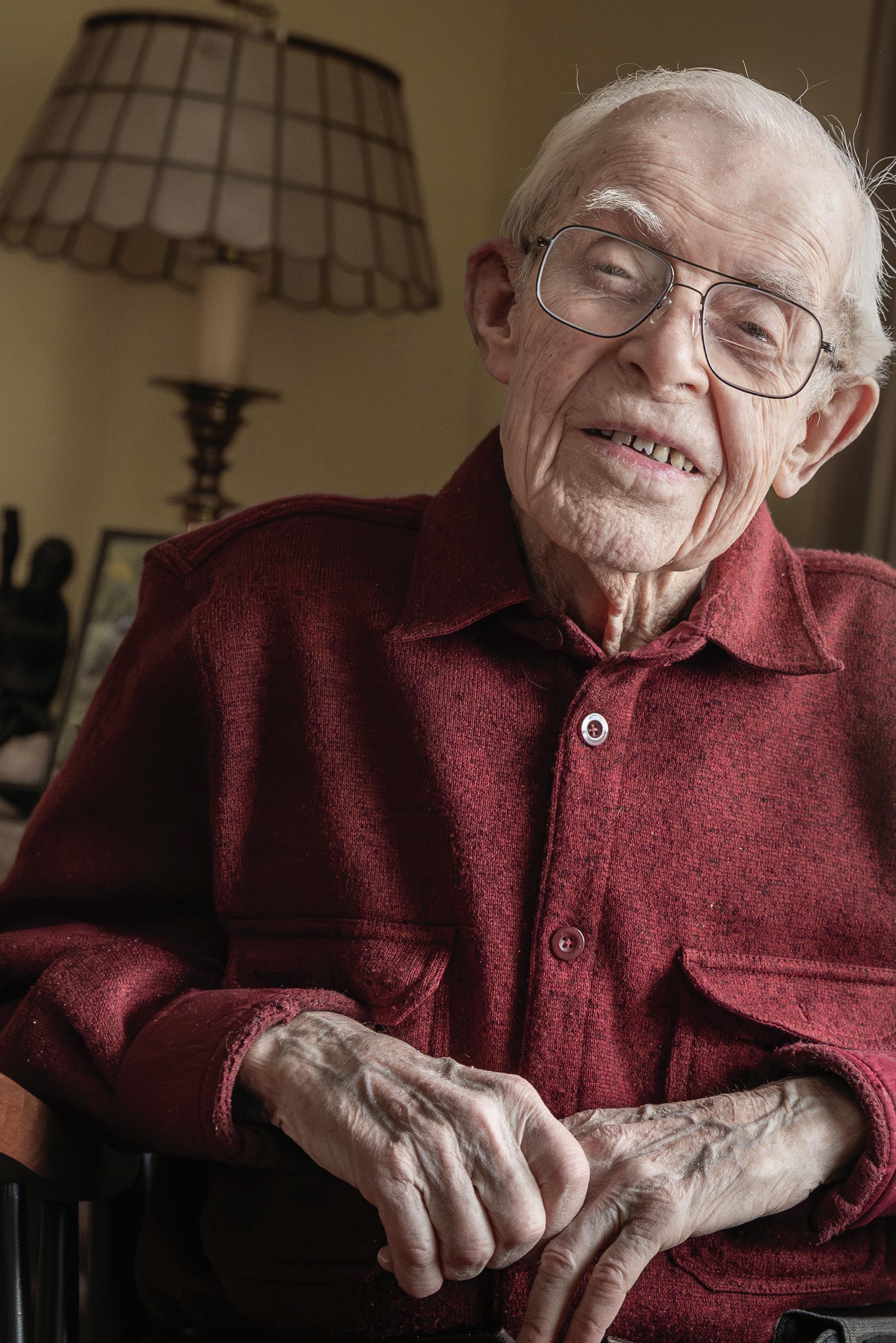
every donor is unique
Who gives? Wayne Durfee
28
Wayne Durfee will turn 100 this October. For most of those years, he’s had two true loves: his wife Bernice. And chickens. As a boy he would sit on the back step of his family home in rural North Scituate and call the birds over to eat scratch feed out of his hand. One might say it was his destiny to make chickens his career. After earning a B.S. and an M.S. in poultry science at the University of Rhode Island and a PhD in poultry physiology at Rutgers University, he went on to teach poultry raising and processing at URI for 38 years and remains a professor emeritus. In 2004, Durfee established the South County Museum Rhode Island Red Endowment Fund at the Foundation, leading an effort to permanently maintain a flock of Rhode Island’s state bird* at the museum.
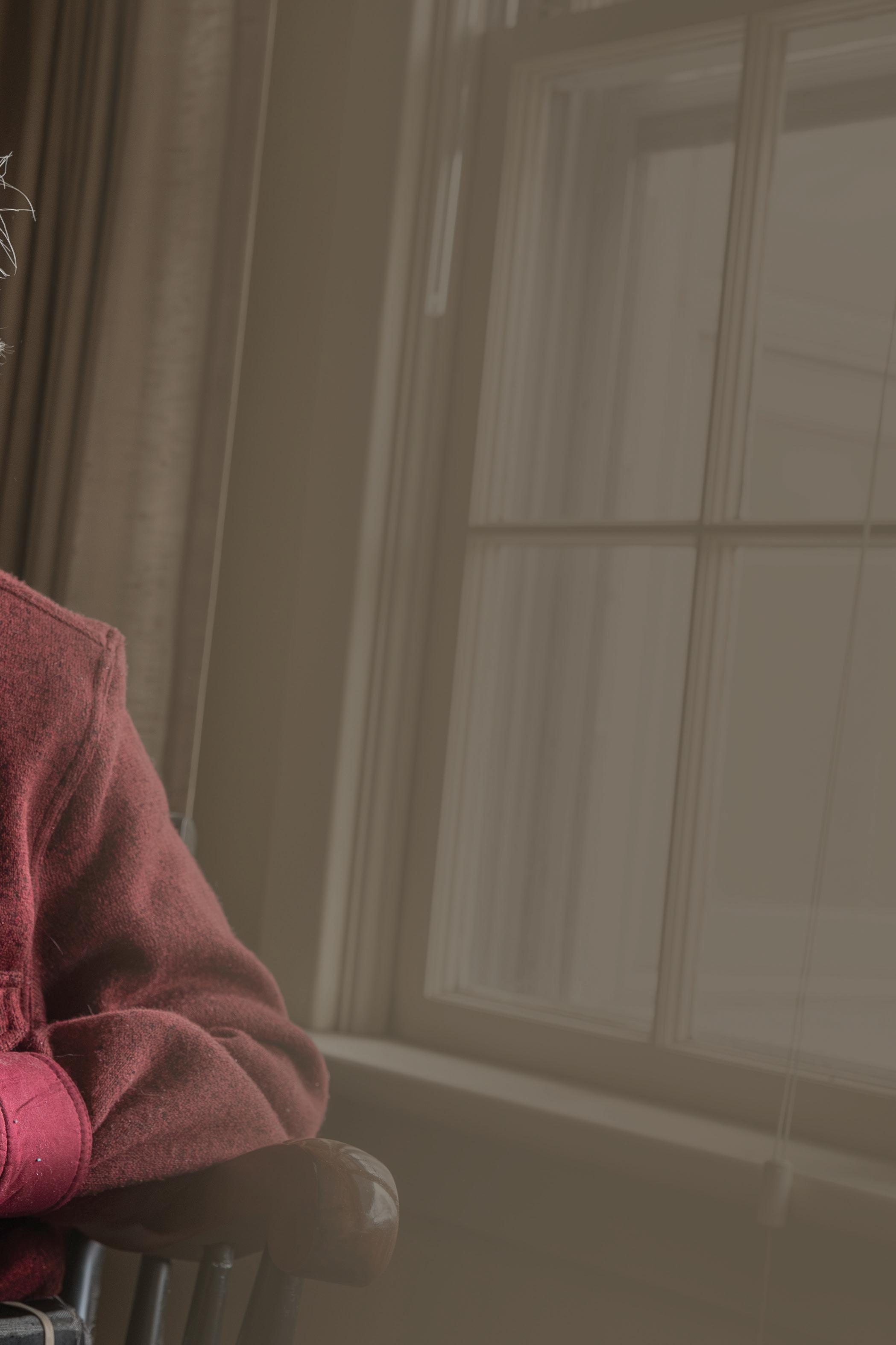
What is the quality you most like in a person?
I always go back to what we used to say as Boy Scouts: a scout is trustworthy, loyal, helpful, friendly, courteous, kind, obedient, cheerful, thrifty, brave, clean, and reverent.
What do you consider your greatest achievement?
Getting tenure at URI. I had my PhD from Rutgers but it was a long time before I got tenure. I had to prepare a whole lot of things. I went to the Vice President of the University—Harold Browning—because the department head wouldn’t give it to me.
What is your most treasured possession?
My wedding ring. I don’t wear it anymore because it got loose and kept falling off—I was afraid I would lose it. It’s inscribed with our initials: ‘BCA to WKD.’
What do you appreciate/admire most about the Rhode Island Foundation?
It’s been their flexibility in helping me to support the flock of Rhode Island Reds at the South County Museum. If we placed money into the Foundation, the income from that fund could support the flock. I had to raise 10K to have a fund, and one way or another, I managed. I was on the
Board of the Museum at the time—the 150th anniversary of the recognition of RI Red as the state bird. At the museum, there is a ‘book of remembrance’ of people who donated to the fund.
What or who is the greatest love of your life?
You would have to put it in the past tense— my wife, Bernice. It was a 72-year love story. She was a URI graduate, and that’s where we met. She worked there in botany. She’s only been gone for four years, since December 2019.
When and where were you happiest?
I guess you would say right here. We bought the original house right after we were married. Bernice and I did everything together, expanding it to almost triple in size.
What is your favorite place in Rhode Island? Well, I don’t know—I’ve lived here all my life. Since 1665, the Durfees have been in Rhode Island originally on Durfee Hill in Glocester.
What is your favorite breed of chicken? Do you really need to ask that?
29
*Durfee points out that the Rhode Island Red was the country’s most popular meat and eggs chicken in the early 1900s, long before it was named state bird in 1954.
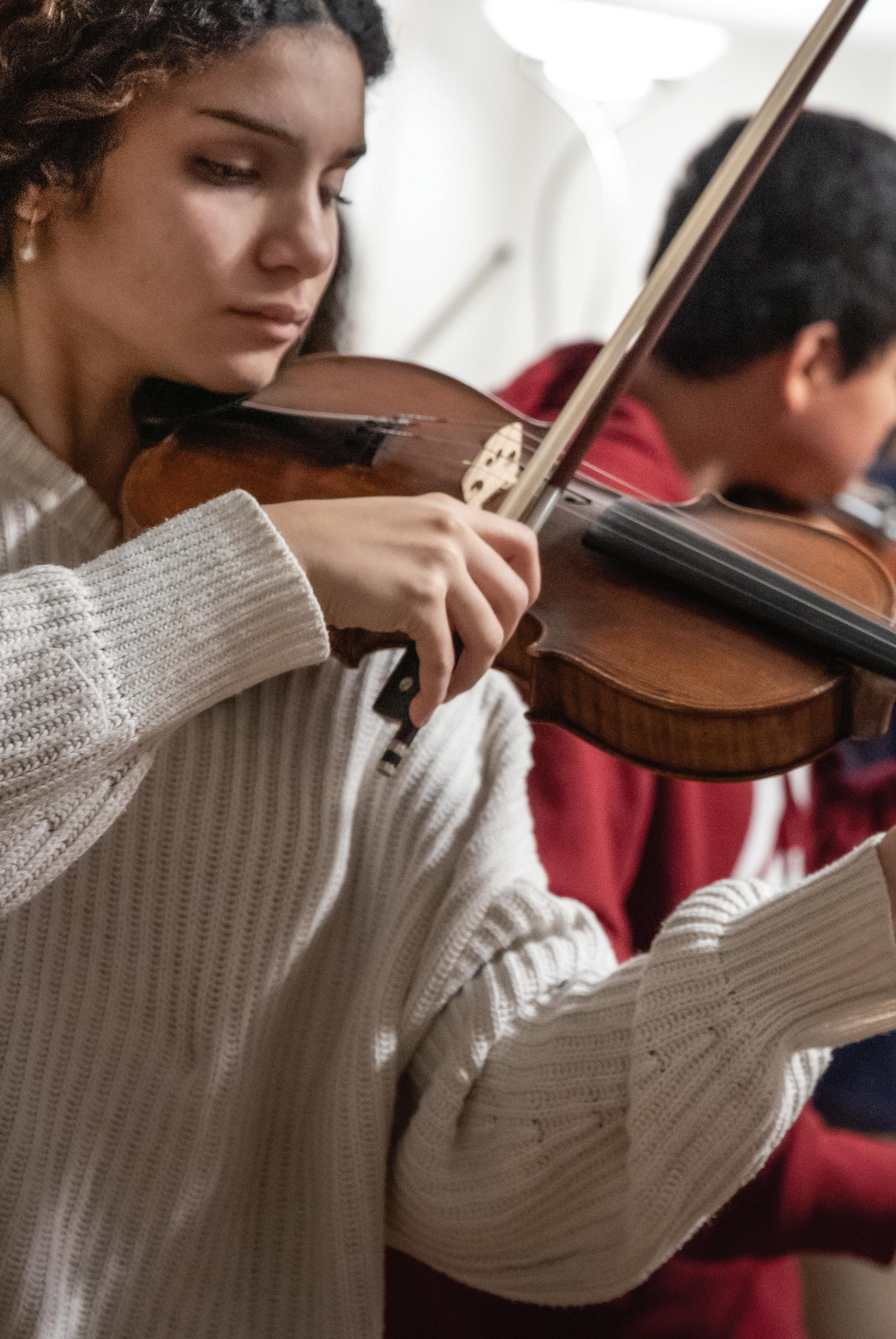
30
Honoring three nonprofit organizations with its annual Best Practice Awards
“These organizations emerged from a highly competitive process and an impressive group of nominees. There is something valuable in each of their remarkable examples that can help every nonprofit achieve more,” said David N. Cicilline, the Foundation’s president and CEO.
Sponsored by Blue Cross & Blue Shield of Rhode Island, the award program recognizes outstanding practices by Rhode Island nonprofit organizations for Collaboration; Diversity, Equity and Inclusion Practices; and Innovative Programming and Service Delivery.
Amenity Aid in Warwick received the Innovative Programming and Service Delivery Award.
The organization distributes items like soap, toothpaste, and other personal care products to direct service agencies. “We have served 63,000 Rhode Islanders with 120,000 full-size hygiene products and 15,000 travel kits in 2023 alone,” said Liz Duggan, founder and executive director.
Community MusicWorks in Providence received the Diversity, Equity and Inclusion Award.
MusicWorks has implemented a strategy to become a fully inclusive, actively antiracist organization. ”Asking questions about how to be more equitable and inclusive and having challenging conversations about it is now part of our DNA,” said Sebastian Ruth, MusicWorks’ executive director.
The Rhode Island Nursing Education Center in Providence received the Collaboration Award.
In the summer of 2023, the Nursing Education Center, Providence Public Schools, and the Community College of Rhode Island collaborated to launch its first high school cohort CNA course. “With minority enrollment at 97%, it is critical that we support students from diverse backgrounds to enroll in the program,” said Bonnie Rayta, director of the Nursing Education Center.
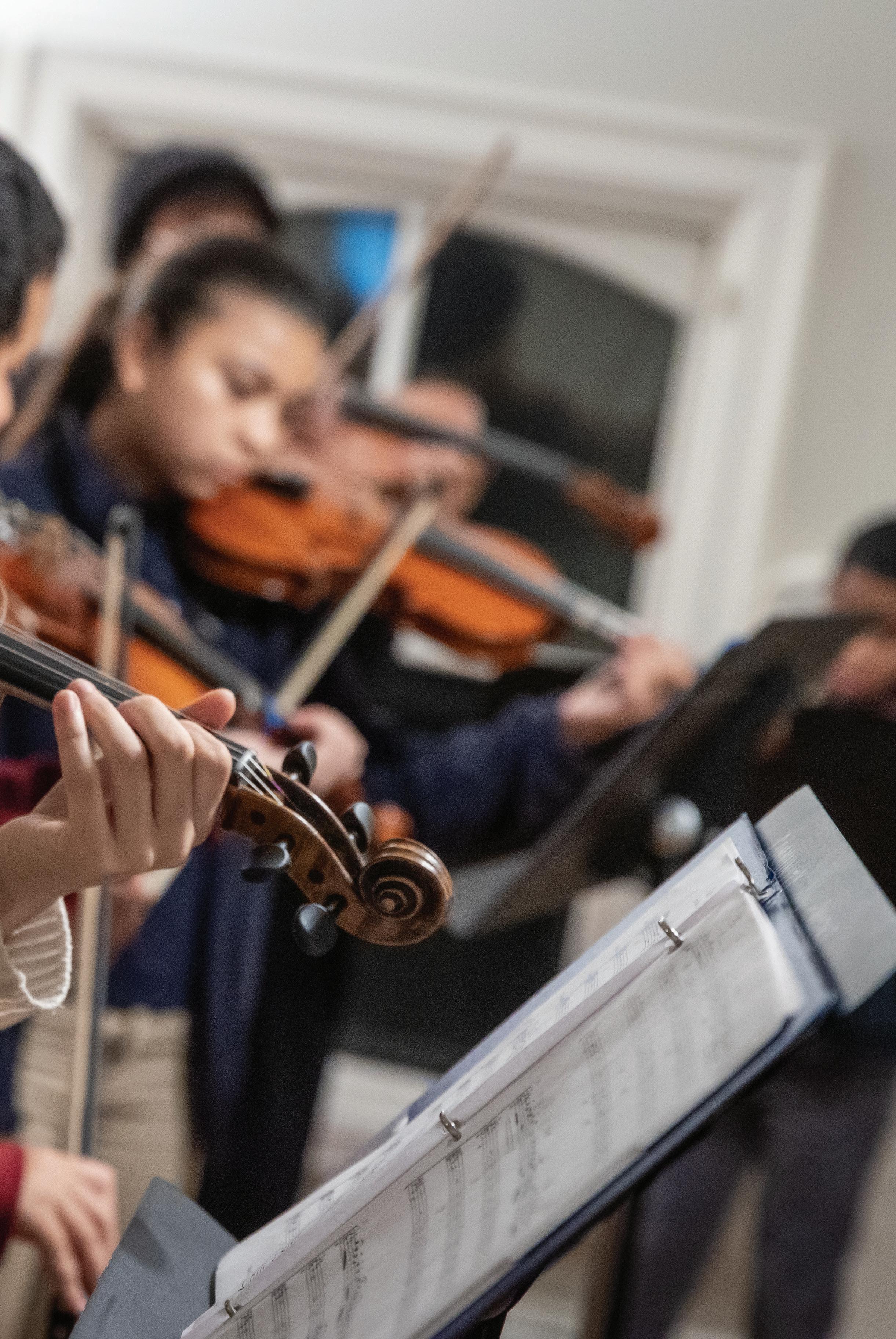

One Union Station
Providence, RI 02903
ADDRESS SERVICE REQUESTED

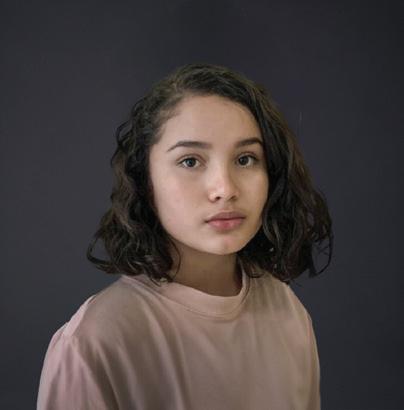
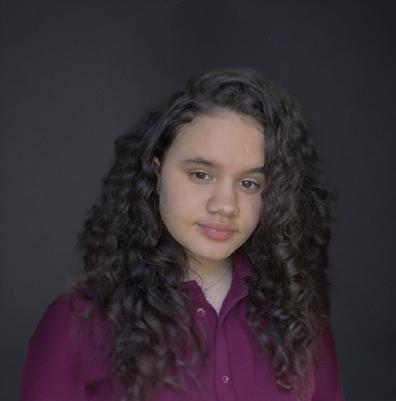
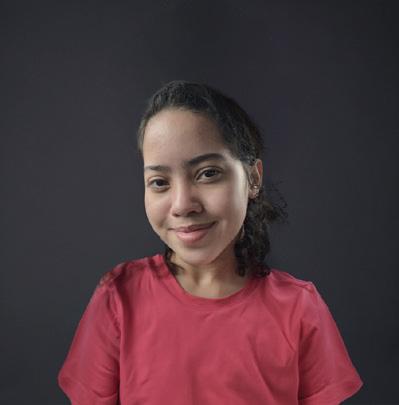
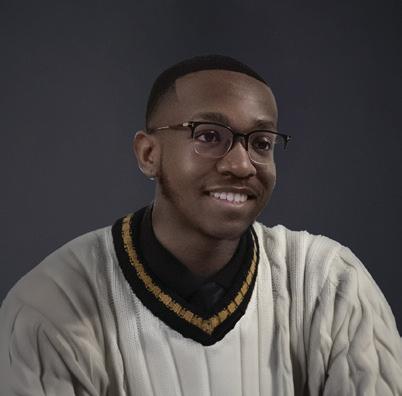
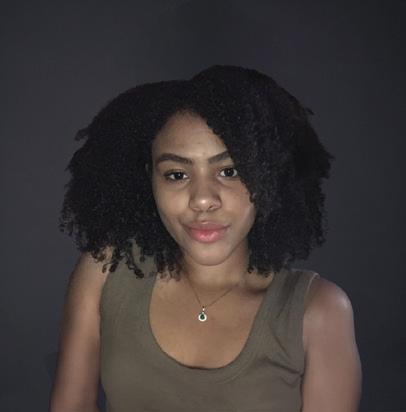
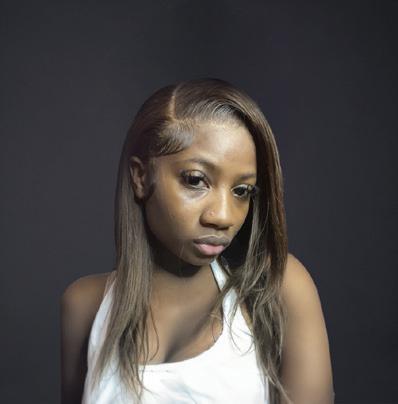

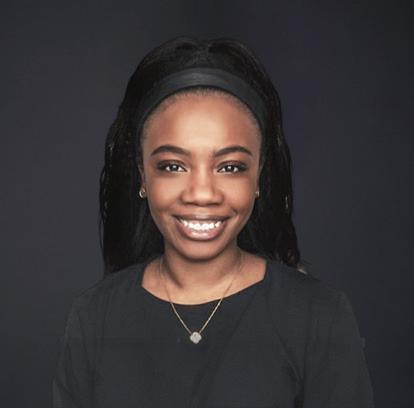

DESIGN: NAIL
PHOTOGRAPHY: CONNIE GROSCH

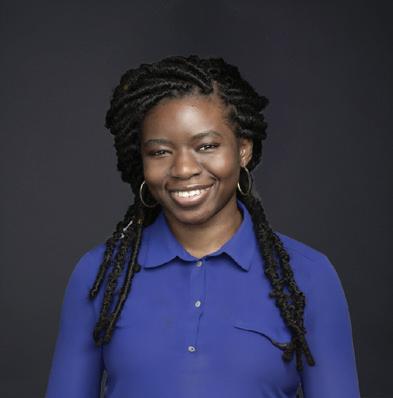

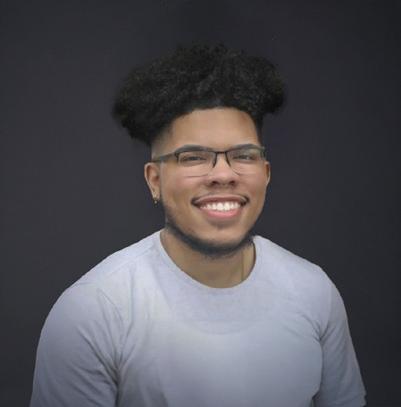

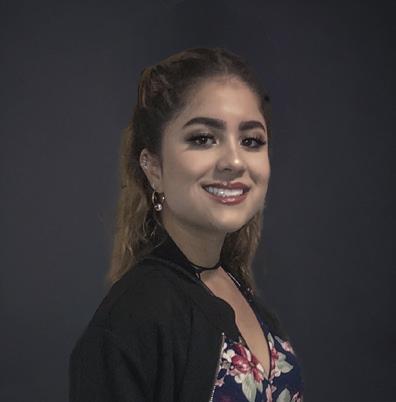
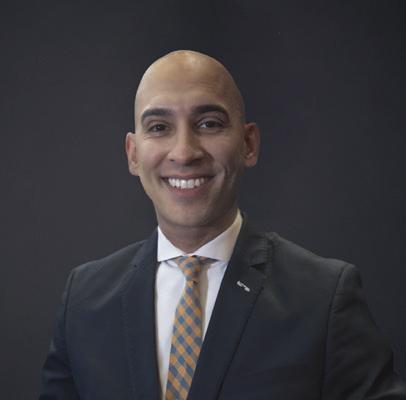



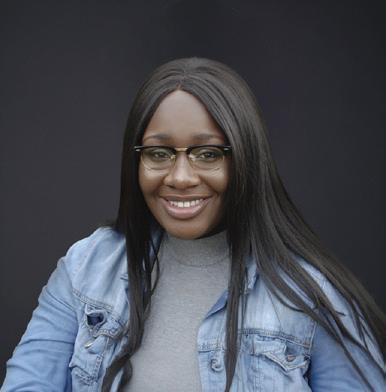
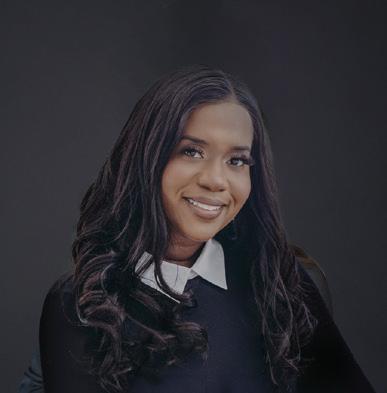
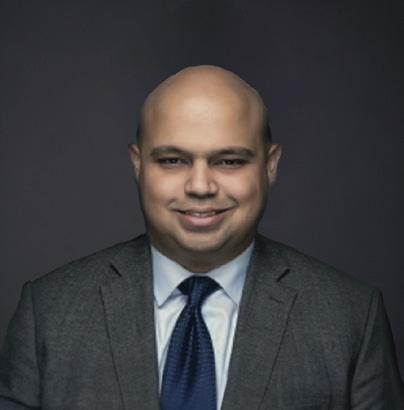

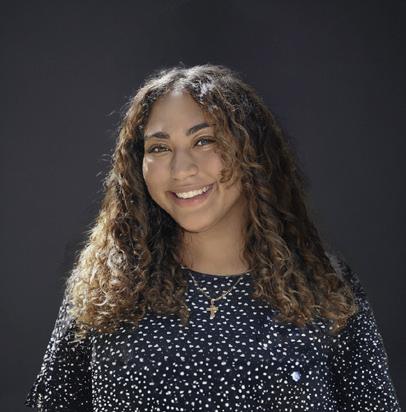
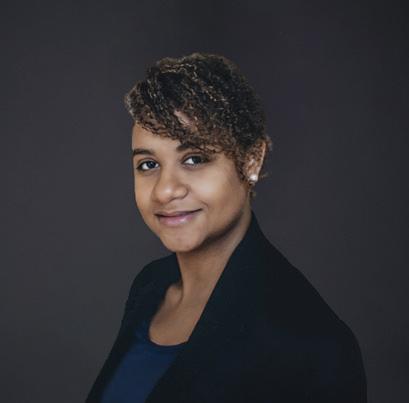







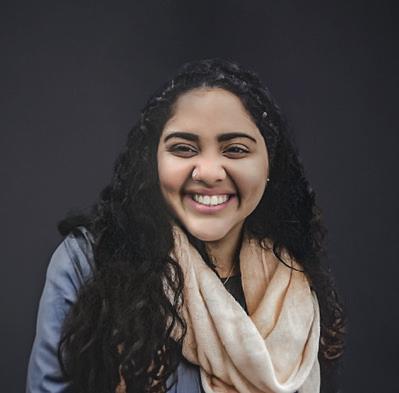
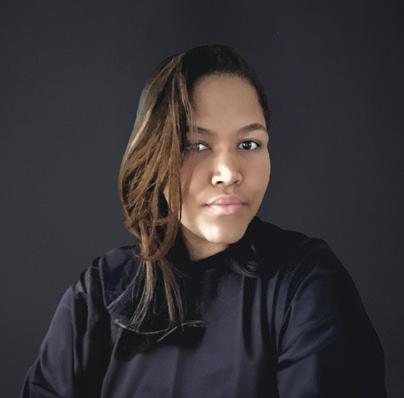
EDITORIAL STAFF: ARIANNE CORRENTE, CONNIE GROSCH, LAUREN PAOLA, KAREN SYLVIA
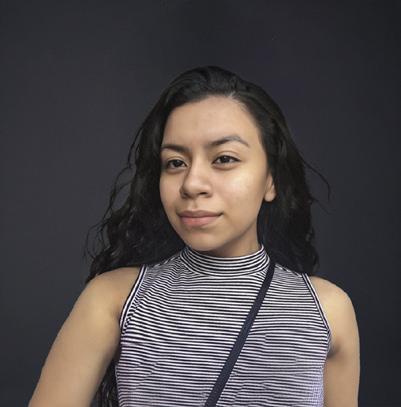
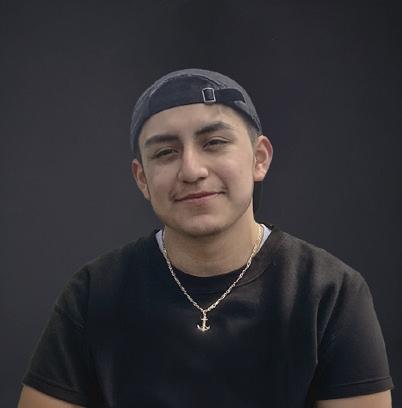
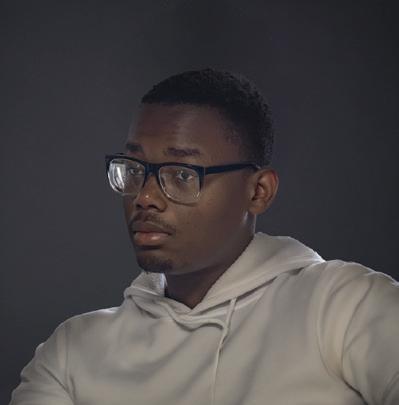




























































 David Cicilline, President & CEO
David Cicilline, President & CEO
















 Dr. Karb, at right, and Megan Smith make one of their regular visits to a tent encampment. On any given day, they check in with a half-dozen or more residents.
Dr. Karb, at right, and Megan Smith make one of their regular visits to a tent encampment. On any given day, they check in with a half-dozen or more residents.

 Megan delivers snacks, supplies, and schedules medical and dental appointments.
Megan delivers snacks, supplies, and schedules medical and dental appointments.





































